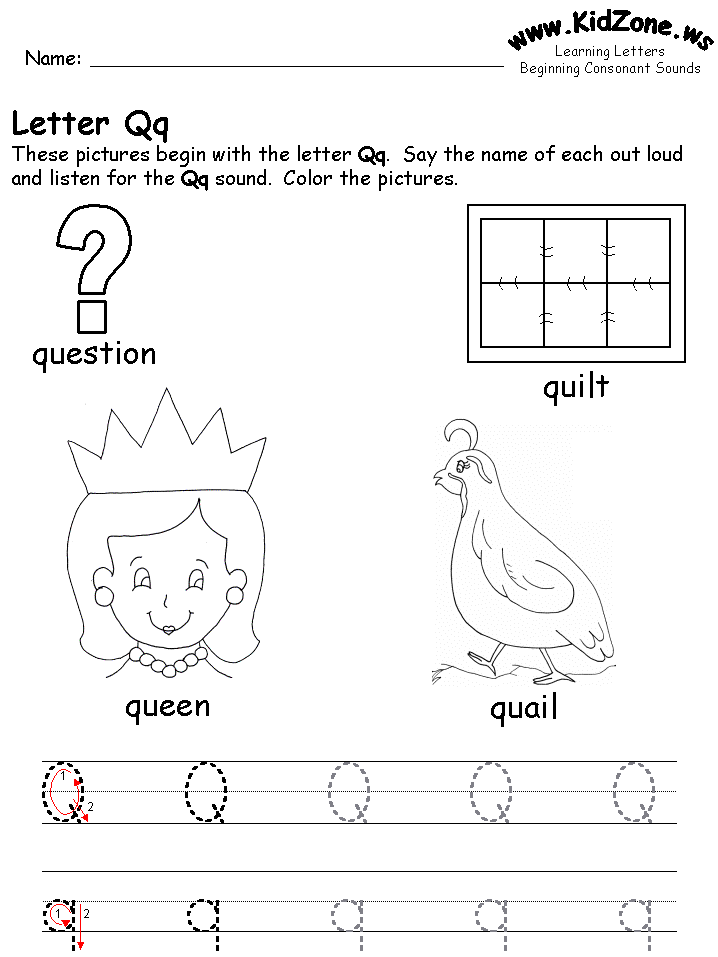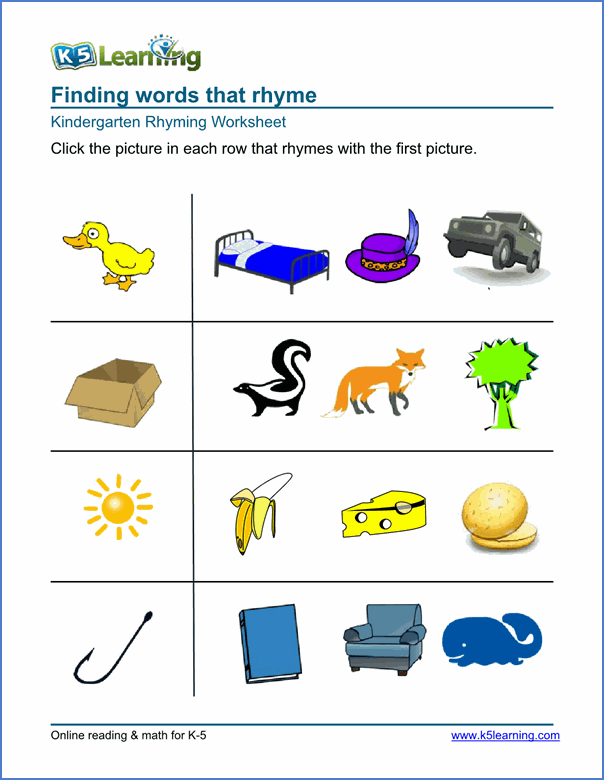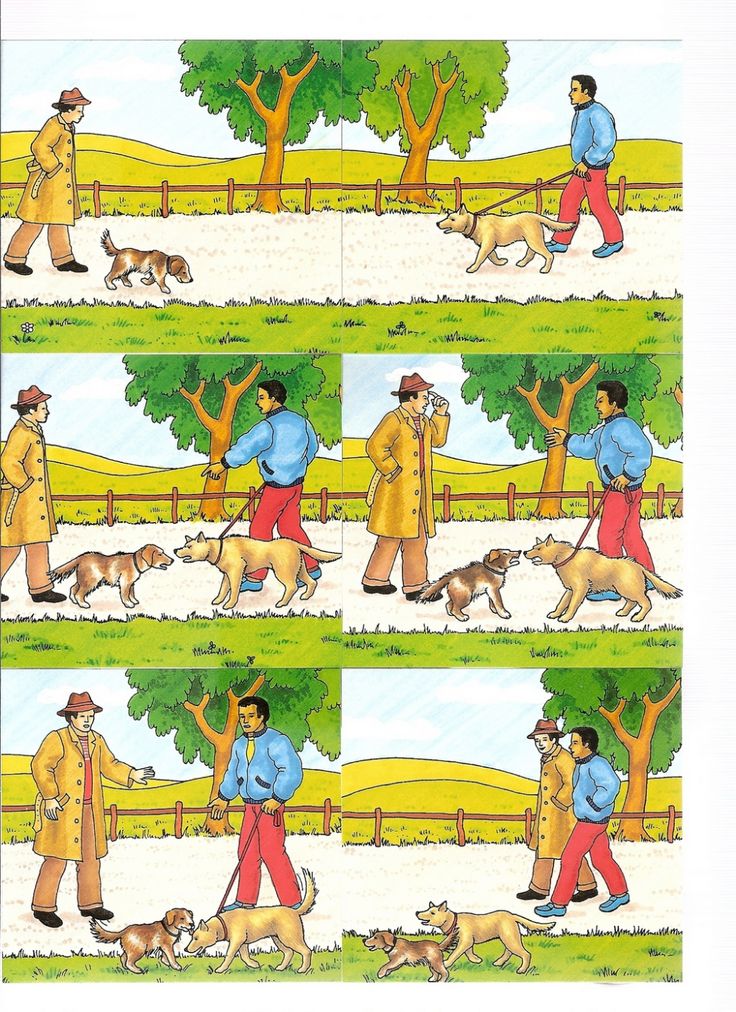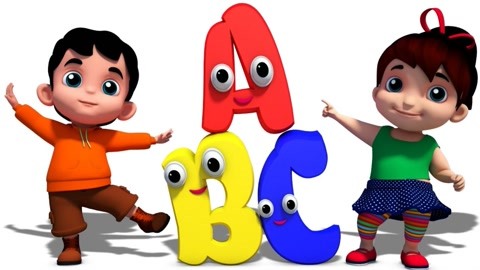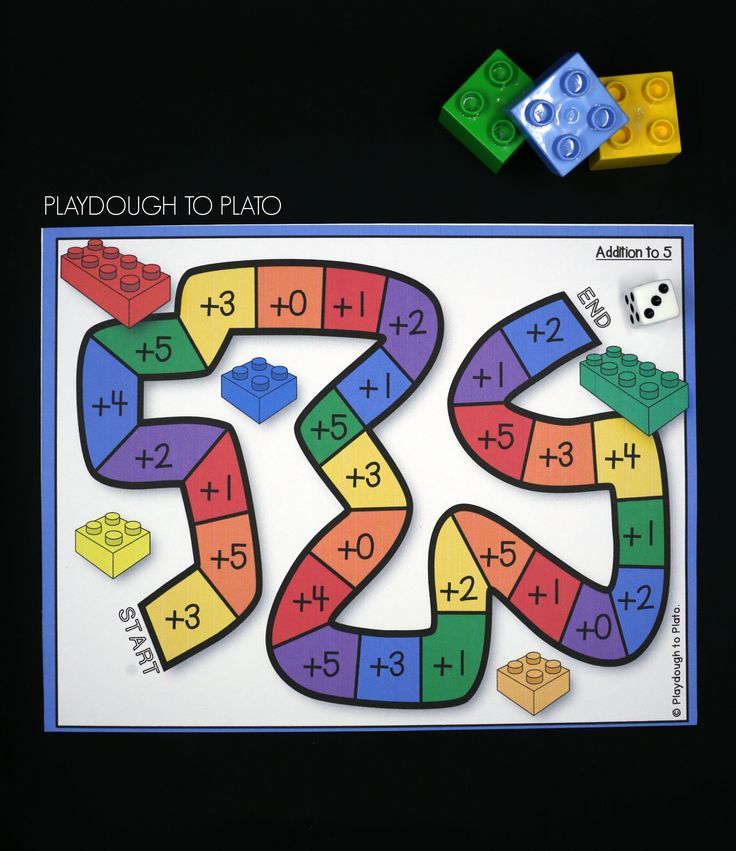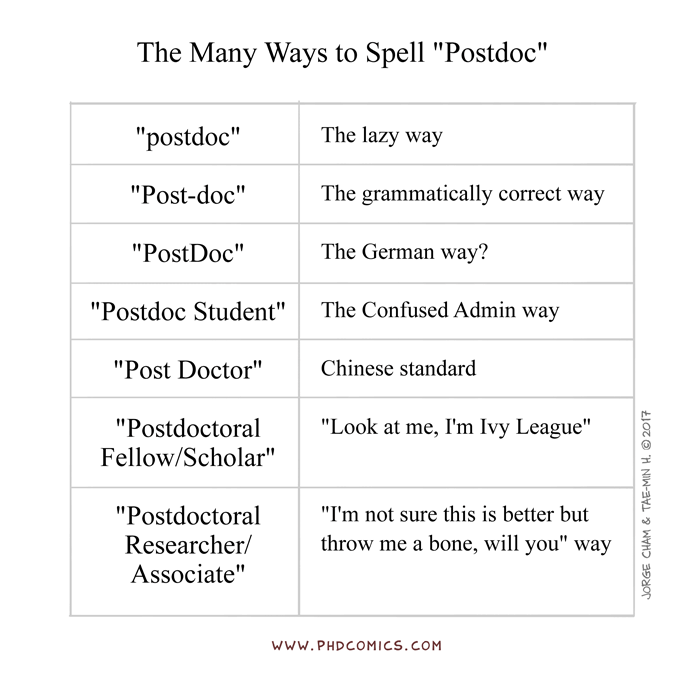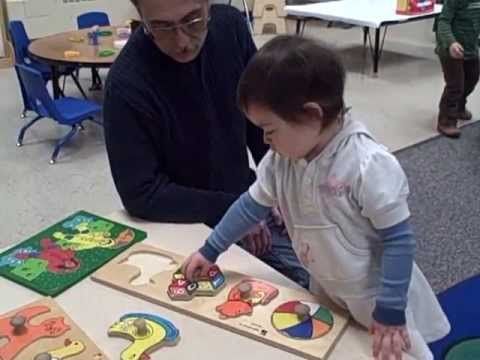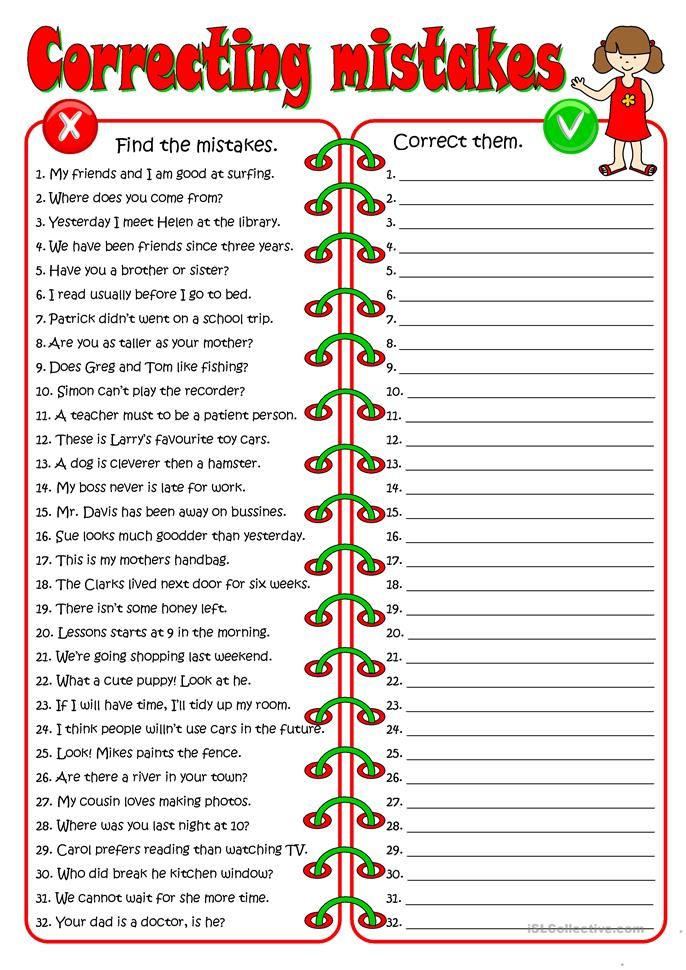Preschool letter learning
5 Easy ways to teach the alphabet to preschoolers | Daycare Blog
Teaching children the alphabet is foundational to learning how to read. Before children can put together sounds or draw together lines that make words, they need to know what they are. If you’ve never taught the alphabet before, the concept may sound abstract: how do you teach something that comes so naturally to you? Teaching letters can be really fun and simple. In this article, we’ll give you easy ways to teach the alphabet to preschoolers.
1) Sing alphabet songs
Obviously, we all know the English-language, “A-B-C-D, E-F-G,” song. That’s a great place to start. However, there are more alphabet songs, which can add variety to your tunes, and help kids learn the alphabet in different ways.
This article lists a whole bunch of alphabet songs to try. And, if you saw our article on YouTube channels for toddlers and preschoolers, you can find letter-related songs there too. The visuals in videos can show objects that start with each letter, and sometimes the songs also pronounce sounds too.
One important note brought up by this early childhood educator, is that kids should go from singing the song, to being able to say and point out the letters without a tune. So don’t stop at singing!
2) Play letter matching games
Letter matching games are easy to set up. You can have a poster board with the alphabet printed on it in large letters. Have separate letter magnets or paper letters cut out at the same size as the print letters. Ask the preschoolers to match their cut outs to the letters on the chart. Where does “A” go? Place the letter “A” cut out on top of the printed “A” on the poster board. Get them to practice doing this with all the other letters.
As the early childhood educator mentioned above noted, you can also have an alphabet ‘arc,’ where one end of a half-circle shows the letter “A”, and the other end the letter “Z”. In between you can have other letters in the alphabet shown, but not all of them. Ask the preschoolers to put down their block letters in the right sequence, using the pre-filled in letters as clues.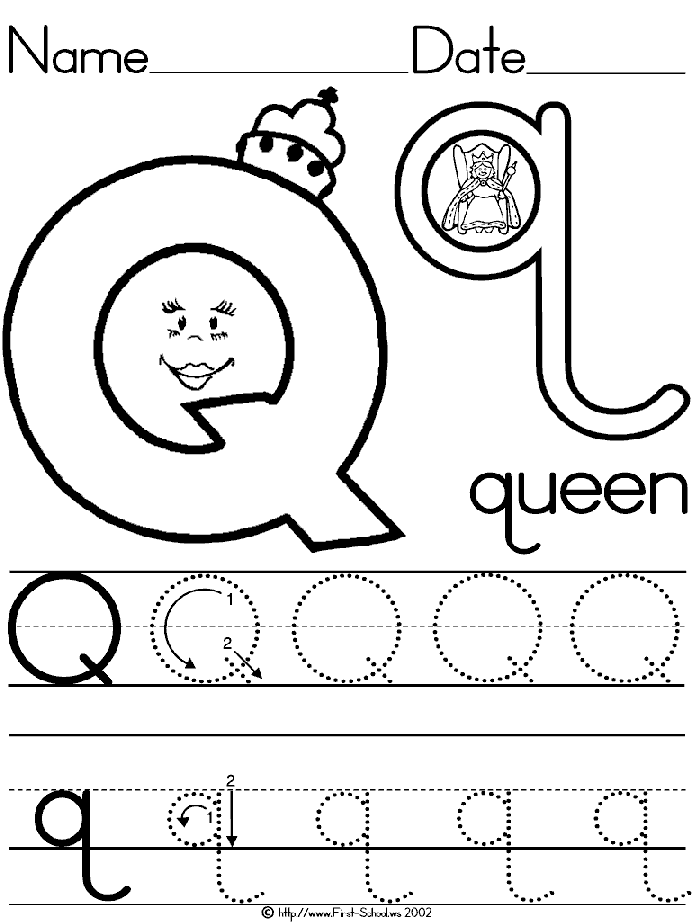
3) Open a new ‘alphabet box’ each week
You may have seen us post on Facebook that a certain week is brought to you by a letter we’re covering. It may be “C,” and you’ll see photos of us painting the letter C at daycare, or learning about animals that start with the letter “C.” Weekly letter themes are common in preschools.
You can take your weekly letter curriculum a step further by creating a box that children can open to discover objects that relate to that letter.
For example, on the week covering the letter “A,” your preschoolers can open (or even unlock) a box that contains an apple, a toy airplane, a toy alligator, an acorn, an arrow (a safe one!), and so on. In fact, don’t tell the children right away what letter the box of ‘treasures’ represents. Ask them if they can guess the letter they’ll cover that week by observing the objects in the box alone. This can be a fun and whimsical way to have your children get excited about the week ahead, and work together to come up with an answer.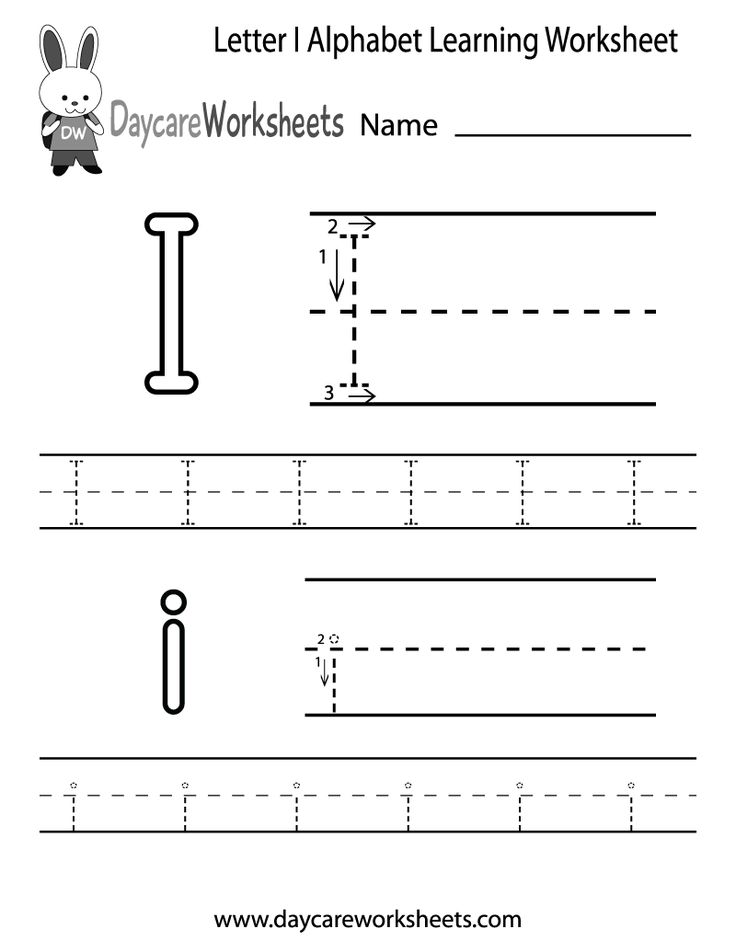
3) Use interdisciplinary learning with each letter, to strengthen letter associations
Since repeating a letter over and over again can get boring, you can mix it up a little by bringing in related lessons. You can start with a week’s letter as your core subject. Then, throughout the day, teach interdisciplinary subjects that still relate.
For example, if you are on the letter “R,” you can learn about the colour “red” too, since it starts with “R.” Ask the children, ‘what things are red?’ If you are on the letter “A,” you can learn about apples. We’ve done this before, where we teach children about the types of apples there are, as well as explain that seeds are inside an apple, and so on.
This blogger lists a whole bunch of crafts you can you incorporate into your letter learning. For example, you can make holes with a hole punch for the letter “H.” This can then lead into learning about the circle shape. You get the idea…
4) If you use flashcards to teach the alphabet, use logical ones
Flashcards are a great memorization tool, and the alphabet is all about memorizing.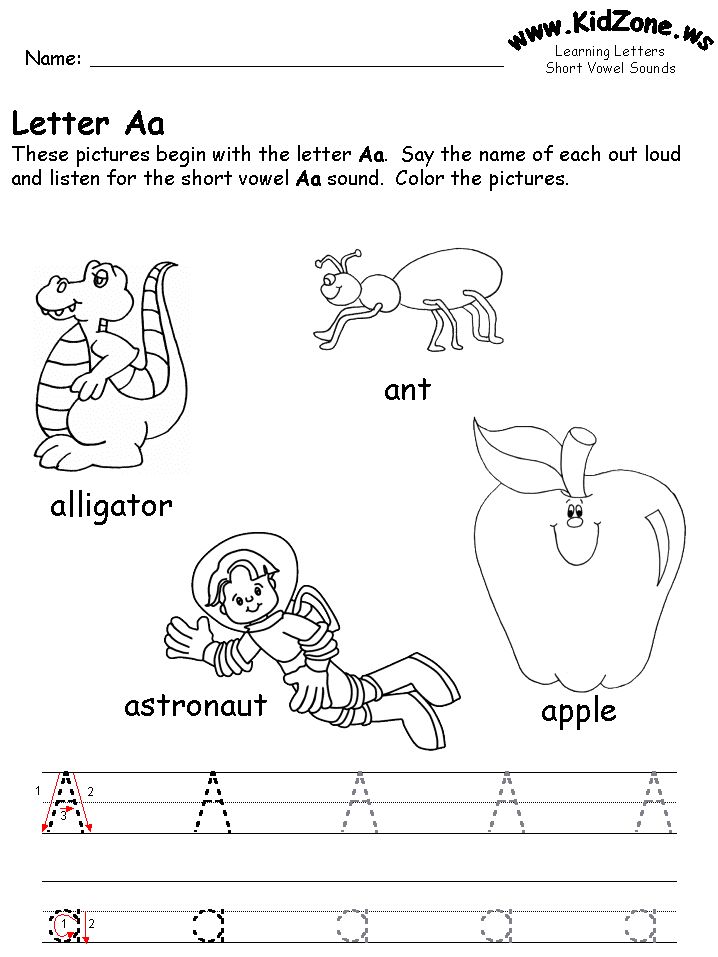 However, this teacher warns that sometimes, pre-made flashcards can get really confusing. If you are teaching the letter “D” and there is an image of something that simply uses the sound of “D” somewhere in the word, but doesn’t start with “D”… well you can quickly see how even adults would be confused by that.
However, this teacher warns that sometimes, pre-made flashcards can get really confusing. If you are teaching the letter “D” and there is an image of something that simply uses the sound of “D” somewhere in the word, but doesn’t start with “D”… well you can quickly see how even adults would be confused by that.
Remember, at this stage, you’re not teaching phonetics or complex vocabulary and pronunciation. First, children need to recognize and know the alphabet. Use the simplest flash cards, with the simplest pictures of the objects and animals that preschoolers can recognize.
That said, sometimes you want to use lowercase and uppercase letters in your flashcards…and yes, that can be confusing for the very young learners, especially when the upper and lowercase look so different, but are called the same thing. But if you’re using a set of magnets, for example, you can just use their uppercase versions, that’s ok (they may only come in that form). For very early learners, you can start really basic. Just don’t forget to start showing them the lowercase and uppercase letters together at some point in their alphabet learning journey.
Just don’t forget to start showing them the lowercase and uppercase letters together at some point in their alphabet learning journey.
5) Eat foods shaped like letters to help preschoolers learn their alphabet
Speaking of interdisciplinary alphabet learning, why not do a baking session with the kids at preschool? They can use letter-shaped cookie cutters to make a fun and yummy snack. Meanwhile, there is a host of lessons you can teach with the baking activity. Chemistry, cooking, nutrition…the list goes on.
If you want the easy route, try commercially-sold letter-shaped biscuits. IKEA has a version of these. Ask your toddler or preschooler to name the alphabet letter they’re about to eat. Eating it can be the reward for getting it right!
And of course, there is alphabet soup, or noodles shaped like letters. You can make mealtime fun, and educational, with these edible alphabet manipulatives.
So there you have it, 5 easy ways to teach the alphabet to preschoolers.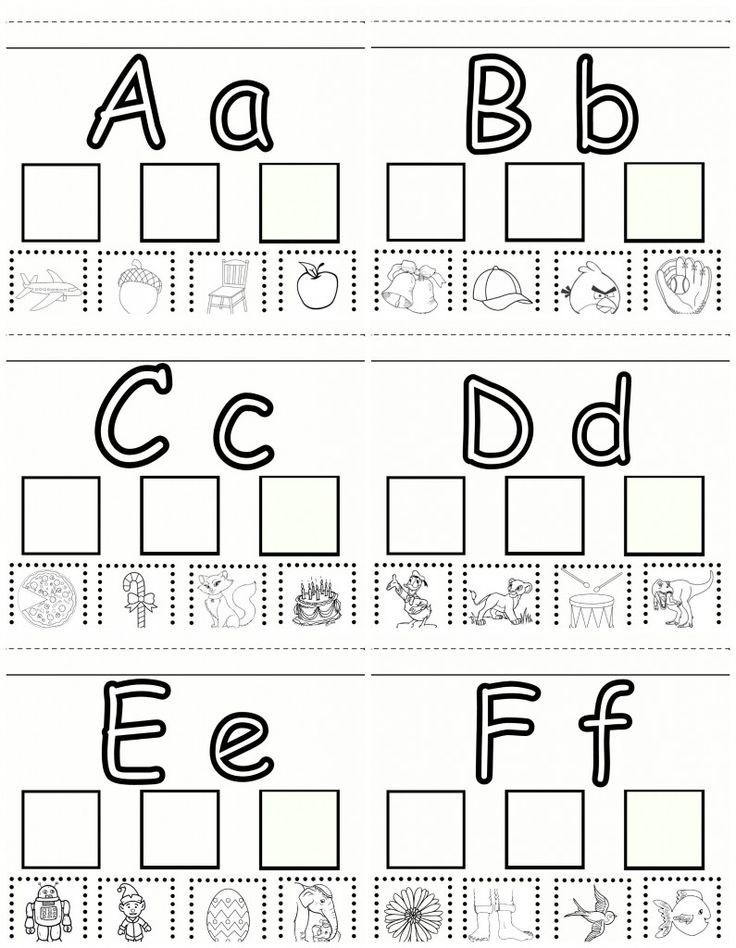 They may even be fun for you, too! It is super cute to hear little ones pronounce letters, and guess what object goes with each letter. When your preschoolers are learning the alphabet, be sure to take every teachable opportunity you can to encourage them to recognize letters in the world around them. If you’re on a field trip, ask the children if they can spot their letter-of-the-week on a street or building sign. If you’re reading a book, see if they can spot the letters you’re reading to them. Keep pushing letter recognition throughout the day, so the lessons can really sink into their memory.
They may even be fun for you, too! It is super cute to hear little ones pronounce letters, and guess what object goes with each letter. When your preschoolers are learning the alphabet, be sure to take every teachable opportunity you can to encourage them to recognize letters in the world around them. If you’re on a field trip, ask the children if they can spot their letter-of-the-week on a street or building sign. If you’re reading a book, see if they can spot the letters you’re reading to them. Keep pushing letter recognition throughout the day, so the lessons can really sink into their memory.
See more on our blog:
- How to teach digraphs to preschool children (6 ways)
- What is the best way to teach word recognition to early childhood readers?
- Why is literacy crucial in the early years? How can parents and preschools help with reading skills?
- How to teach toddlers and preschoolers to count, and learn their numbers
- Ideas for teaching shapes in preschool and daycare
9 alphabet activities for preschoolers
Add variety to your alphabet instruction with these 9 fun alphabet activities for preschoolers.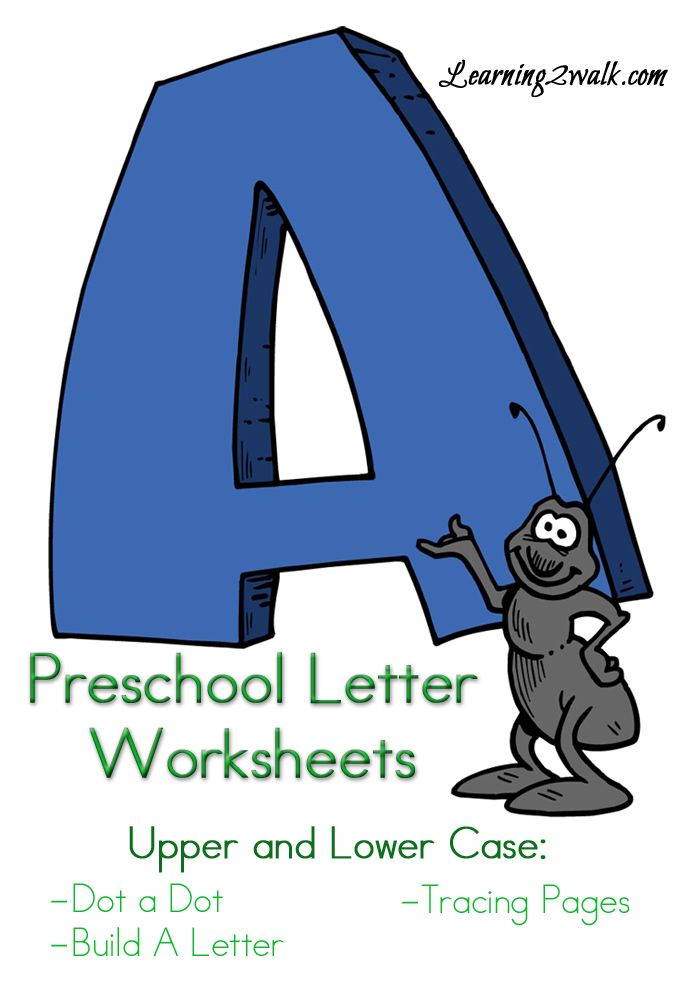 You can even download a sampler of letter A printables to try them out today.
You can even download a sampler of letter A printables to try them out today.
Are you looking for some fun ways to teach the alphabet to your kids?
During the summer I avoided the steamy 100+ temperature by sitting inside reading No More Teaching a Letter a Week by Rebecca McKay and William H. Teale. Under the cool vent of the AC, I was struck by how many times the authors mentioned that kids benefit from varied and repeated exposure and practice with the alphabet.
I know that I like a little variety when I learn. How about you?
There is no need for you to search all over Pinterest for a bunch of activities that will interest your kids as they learn the alphabet.
Today, I’m excited to tell you about the 9 different letter activities that are included in my Super Alphabet Bundle. The wide variety of activities are great for in the classroom or for parents to do at home.
They will give you the opportunity to work on alphabet knowledge in many different ways with your kids.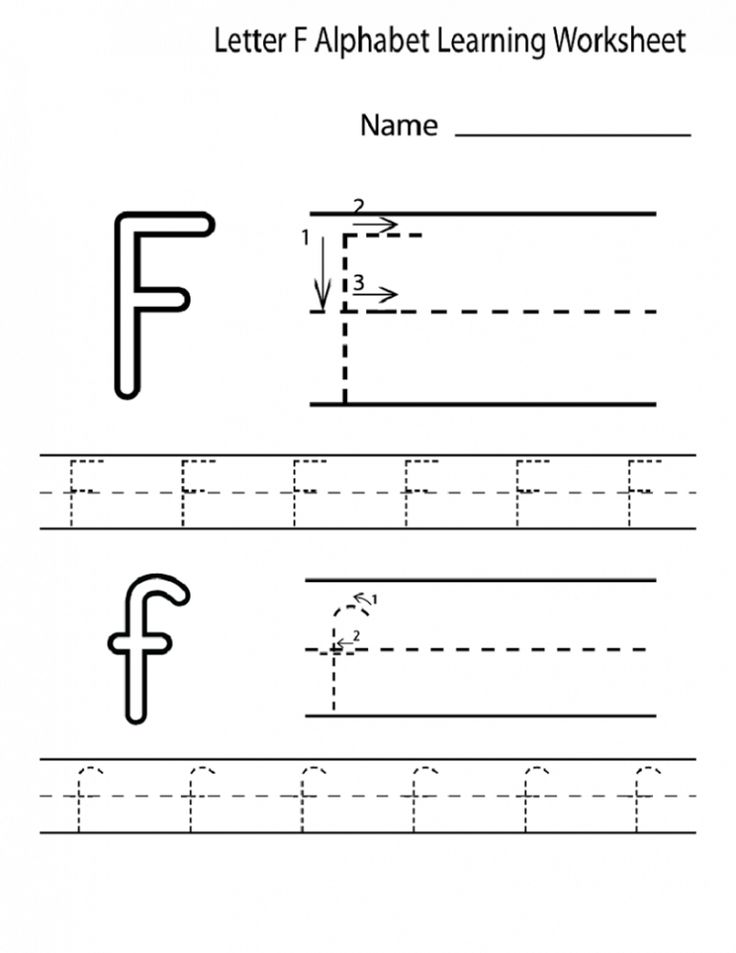
Plus, you can even sample the printable activities.
How to teach the alphabet
Learning the alphabet involves much more than reciting the ABC song. Kids learn the alphabet when they
- learn letter recognition
- learn letter sounds
- learn to form letters
Kids can learn the alphabet through name activities, by reading books, through playful multi-sensory alphabet activities.
There are MANY ways to help kids learn letters, and it’s best to provide a variety of activities.
Let me show you 9 printables to help kids learn the alphabet.
1. Dot Alphabet Activities
The first activity that I want to share is alphabet dot pages. These printable alphabet dot letters can be used to work on letter recognition, letter formation, and letter-sound knowledge.
Kids can trace the letters with their fingers to learn to recognize the unique features of each individual letter. I love that this activity can also be a great fine motor exercise.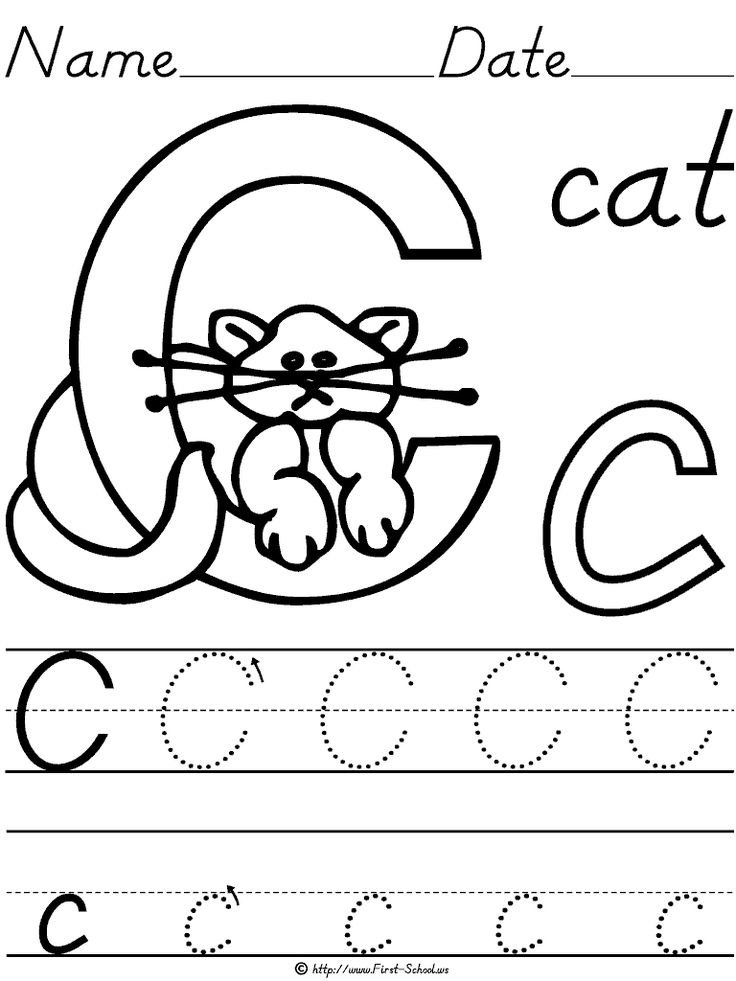 Kids enjoy placing stickers, loose parts, or sticky fingerprints in each circle of the letters.
Kids enjoy placing stickers, loose parts, or sticky fingerprints in each circle of the letters.
To get tons of ideas for using the pages, check out this article about alphabet dot letters
2. An Alphabet Word Wall
Next, you can create a print-rich environment in your classroom with word wall cards. The alphabet header cards in this word wall set are large, square cards with a simple border and large letters so that kids can focus on what is important…the letters. Each word card contains a word in a large, clear, simple font along with a simple illustration…..again clear and simple.
You can also create name cards or custom cards for your word wall. Kids love seeing some environmental print cards up there too.
Because of the trademarked logos, I can’t add environmental print cards to the printable set.
But….let me share a secret…..
You can make them by using a logo image in place of a child’s photograph. Have fun creating them.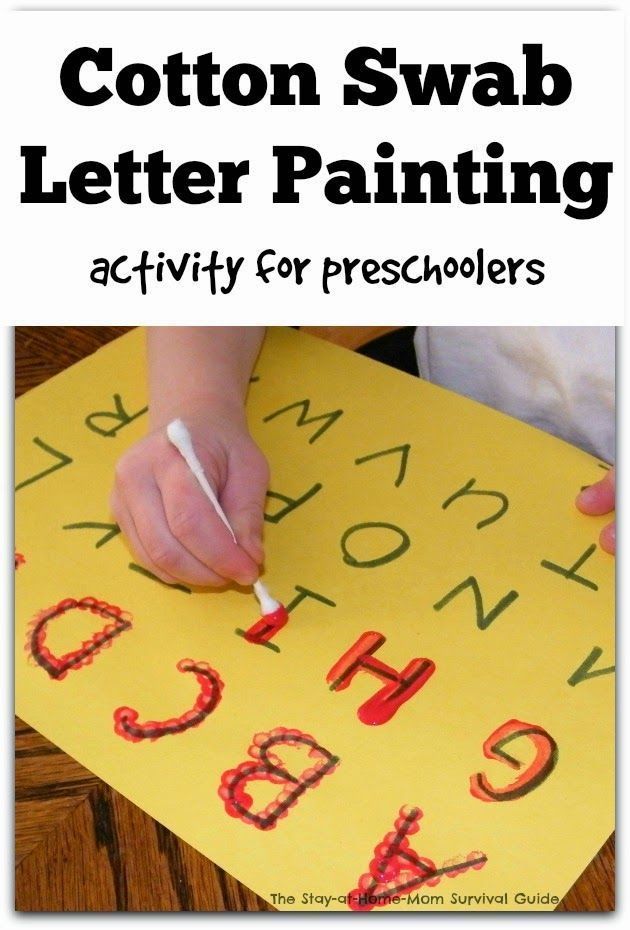 Teachers proudly displayed the Ohio State logo on our word walls when we lived in Columbus, Ohio.
Teachers proudly displayed the Ohio State logo on our word walls when we lived in Columbus, Ohio.
In addition to using the set as a word wall, you can use the resource in pocket charts, on word rings in your writing center. You can also use the word cards and alphabet header cards as a sorting activity, for a word scavenger hunt, or as a matching game
3. Start with a Dot – Letter Formation Activities
Giving kids the opportunity to produce letters will help them learn to recognize the letters. This alphabet tracing activity set includes several different cards to help kids learn to produce letters.
Letter Tracing Cards in a Salt Tray
Finger tracing cards provide a great way to help children learn the differences among the letters. A starting dot serves as a visual reminder on where to start letter formation.
Kids can finger trace directly on the cards or can use the cards as a reference as they reproduce the letters in a salt tray, on a blank wall, or in the air with their magic finger.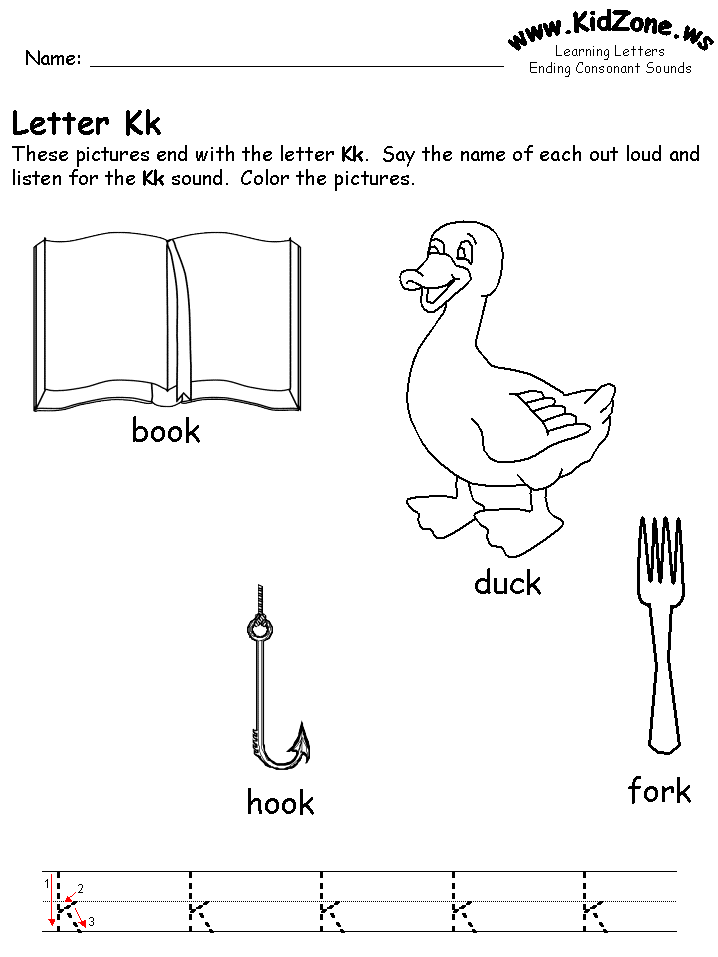
Do you want to know how to put together a salt tray? Check out this salt tray post for some great ideas to make an exciting salt tray for your kids.
Create Tactile Letter Cards
You can also use the cards to make tactile letter cards. Kids love feeling the letters and don’t even realize that they are learning as they do it. Find direction and LOTS of ideas in my article about tactile letters.
Alphabet Tracing Strips
The set also includes 3 sets of alphabet tracing strips so that kids can also practice letter formation with a real-life writing instrument (not a magic finger).
Each set of tracing strips have a different style of tracing font
- yellow
- dotted
- outlined
Some children may find it easier to see their writing on top of the yellow letters, some children may enjoy the challenge of trying to keep their writing within the lines of the outlined letters. Use the style of tracing stripes that are best for your kids.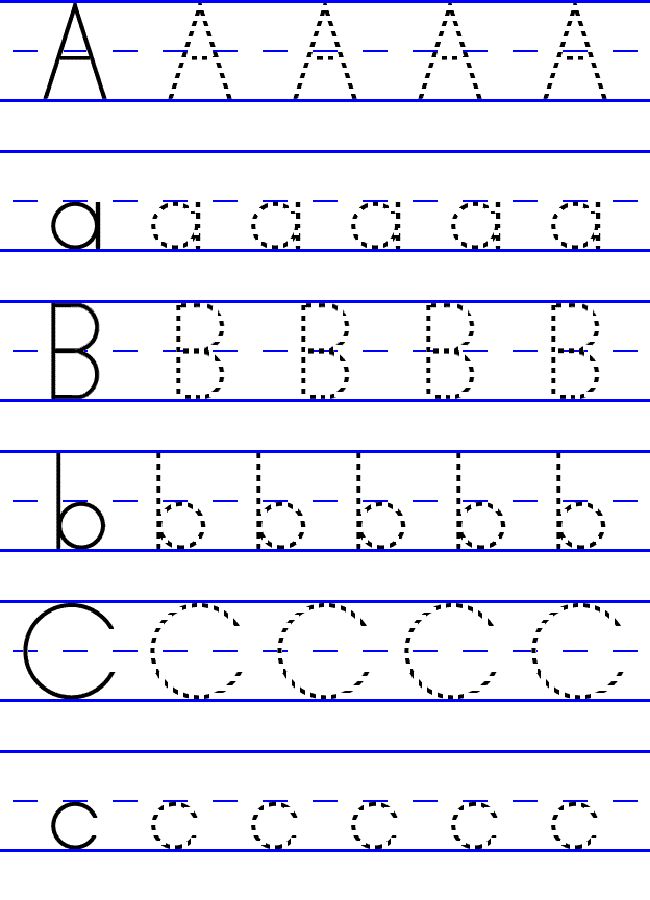
These are not like old-school letter tracing activities. You know what I mean…the ones with all the arrows and numbers. I do not like those things!
Don’t Distract Me! – Arrows and numbers on tracing letters easily distract me. I prefer to use a simple green starting dot on my tracing activities. The dot provides a visual clue to help kids know where to begin when forming letters.
4. My Favorite – Editable Alphabet Activity Sheets
These editable pages provide endless letter activities for your kids.
Practice letter recognition and phonemic awareness in creative and multi-sensory ways. The full set contains lowercase and uppercase editable letter pages, uppercase and lowercase pages without text, 1 full-color editable cover page, and 1 black and white editable cover page.
These letter sheets are my favorite alphabet activity because there are so many ways to use them.
- Create an alphabet book by binding a cover together with ABC pages.
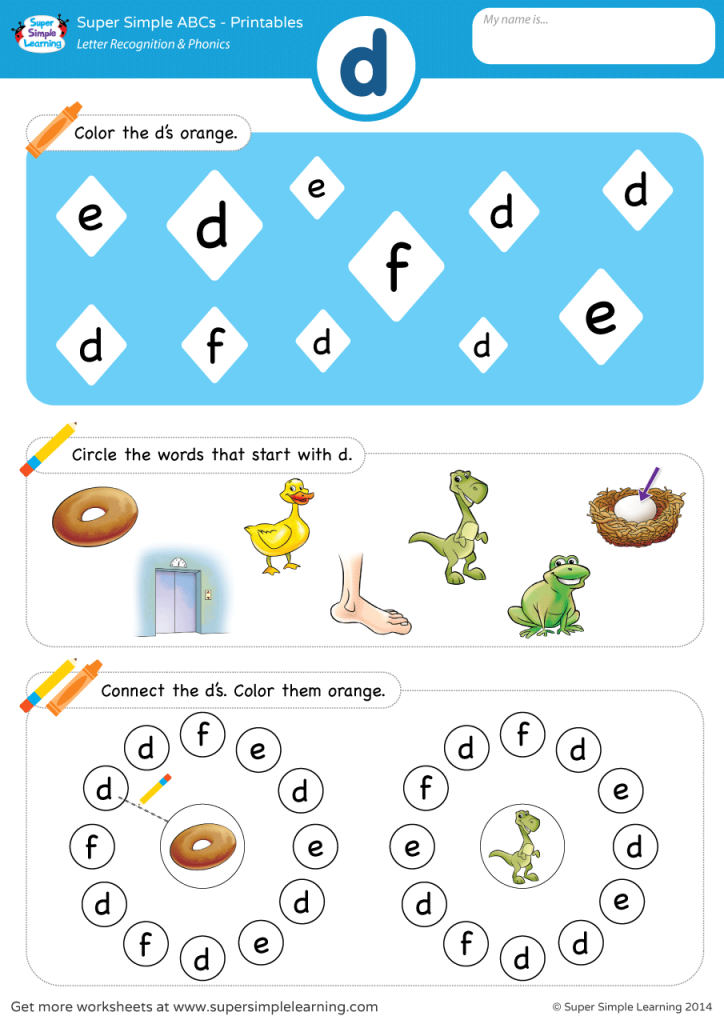
- Make a tactile alphabet book and let kids finger trace the letters.
- Make alphabet pages featuring your kids’ names.
- Create a class name book.
- Use the sheets, along with small manipulative or toys, as play mats or play dough mats.
- Create letter activities or art/craft projects with the letter sheets.
- Use the sheets without text as coloring pages or take-home pages.
If you want to use materials that coordinate with each letter of the alphabet, check out this article for a HUGE list of material ideas for your letter activities.
5. The All-in-One ABC Play Dough & Activity Mats
If you are looking for an easy printable that provides multi-sensory opportunities to practice letter recognition, letter formation, and letter-sound association …all on one page…this alphabet activity mat is it. The full set contains 26 full-color alphabet mats and 26 black and white alphabet mats.
Each alphabet mat contains five sections.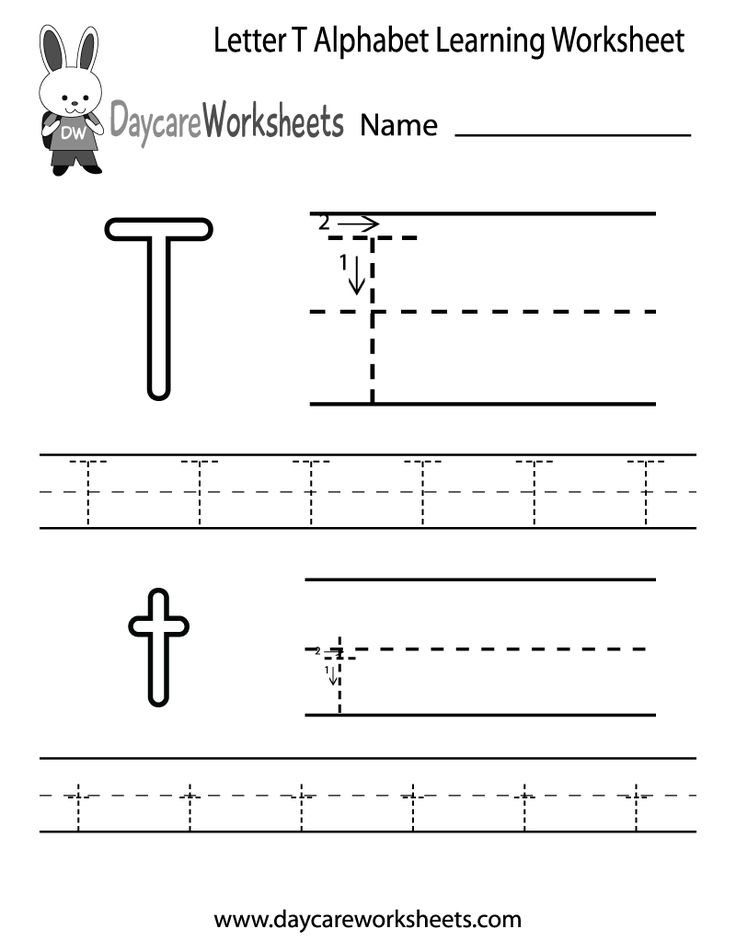
- Alphabet Square – Children can finger trace the large letters or they can place a coil of play dough, wikki stix, or small objects on top of the letter. They can also color the letters.
- Uppercase Alphabet Line– Encourage kids to search for and circle the focus letter among the other letters in the alphabet.
- Beginning Sound Examples– Review the objects pictured with your kids. Name the objects and listen for the beginning sound. Practice the sound associated with the letter. Kids can also search for the letter in each word, and/or circle the letter in each word. Kids can color the pictures on the black and white version.
- Letter Formation Practice– Here is an opportunity to trace letters and write letters on the lines.
- Lowercase Alphabet Line- Finally, kids can search for and circle the focus letter among the other lowercase letters in the alphabet.
6.
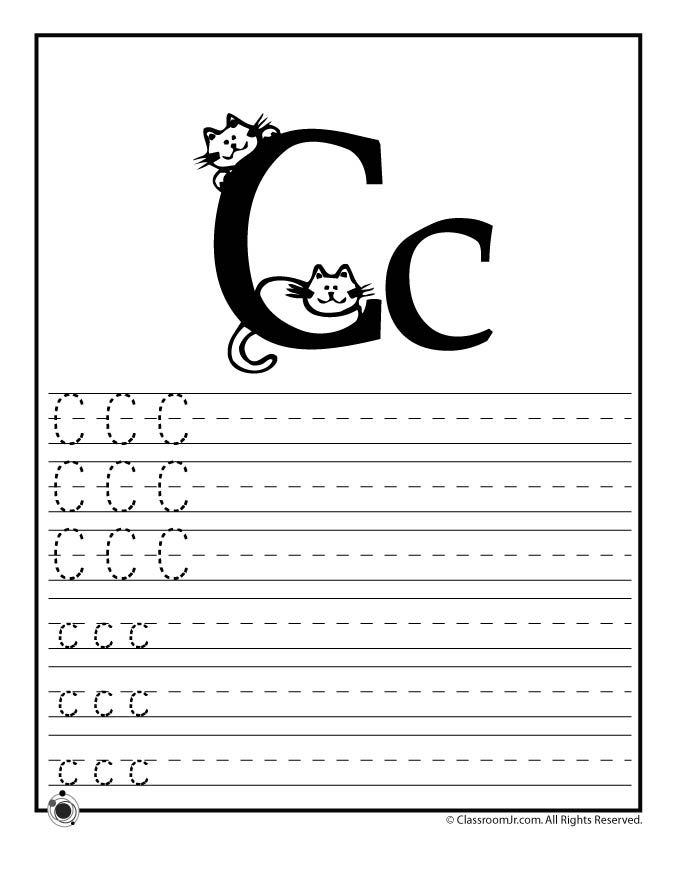 Alphabet Letter Books That Assemble in a Snap
Alphabet Letter Books That Assemble in a SnapMy little alphabet letter books are simple, uncluttered, and are a great way to help kids understand print. The simple, predictable text and pictures are easy for kids to read aloud. Your kids will have the opportunity to practice letter recognition and phonological awareness.
Print the full-page book and use it in the class library and print off the little books for a literacy activity that you can send home with your kids.
Each little book contains a cover, 2-3 picture pages, and a letter tracing page.
- Kids can finger trace, color or use rainbow writing on the large letters on the cover of each book.
- There is simple predictable text on each picture page.
- Kids can read the sentence on the picture pages, circle the letter within the sentence, and color the pictures.
- The letter formation page provides young children an opportunity to trace and write both capital and lowercase letters. A simple starting dot is a great way to help kids learn letter formation without other distractions.
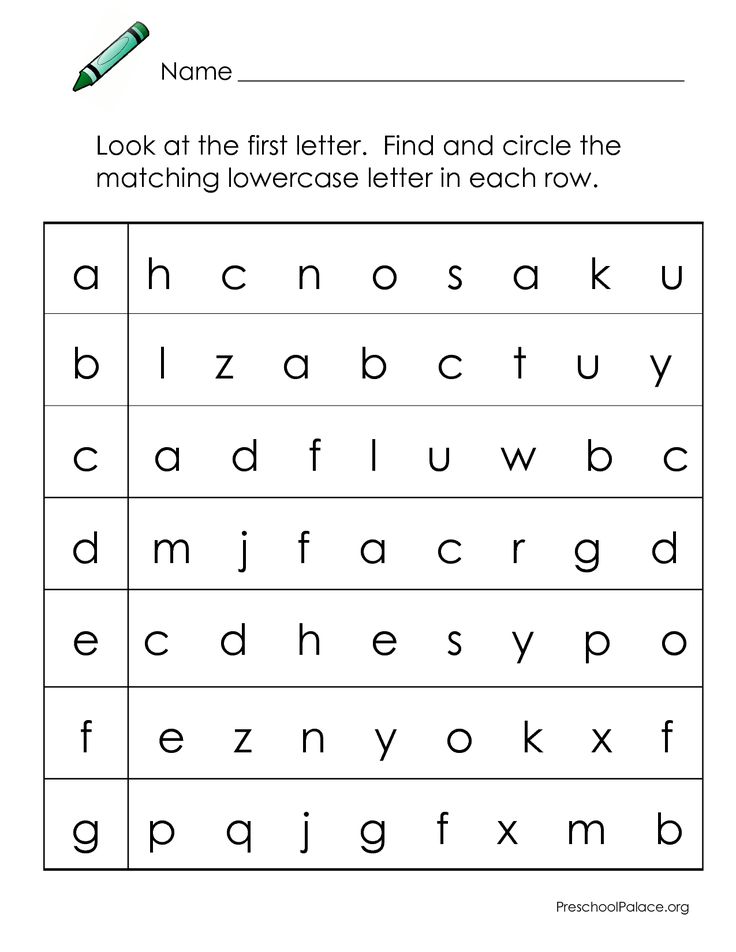
Busy teachers appreciate that the little books are easy to assemble. Check out this video to see how easy it is to assemble four books in a snap.
Because so many people started teaching preschool at home during the pandemic, I updated the to include an option where you won’t end up with 4 copies of the same book.
7. Learning Letters with Fine Motor Activities
Get out the q-tips and learn letters and work on fine motor control with these fun cards. Your kids will learn to recognize letters and proper letter formation (note that the starting point is highlighted) with this fun activity. Check out this article about learning letters with fine motor activities to get more activity ideas.
8. Sorting Words by Beginning Letter and Sound
This ABC picture sort activity gives children the opportunity to practice phonemic awareness skills.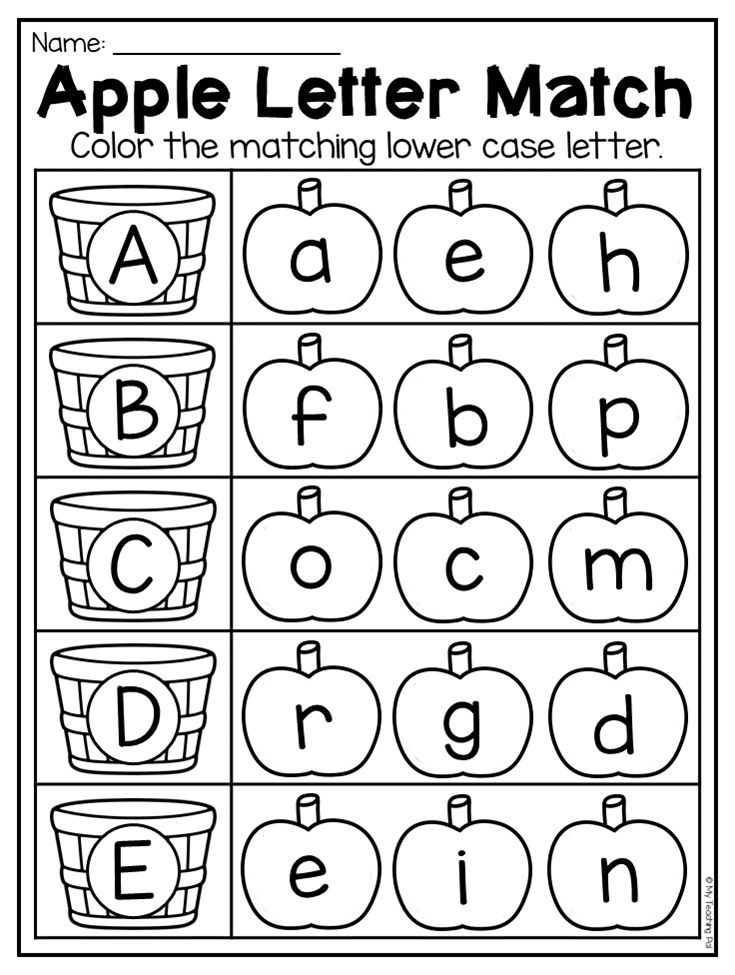 The beginning sound sorting activity includes a complete set of uppercase and lowercase letter boards as well as 52 picture cards (2 for each letter of the alphabet).
The beginning sound sorting activity includes a complete set of uppercase and lowercase letter boards as well as 52 picture cards (2 for each letter of the alphabet).
You can assemble the cards so that they have the name of the pictured object written on the backside.
Ideas for sorting activities and small group games are included.
9. Alphabet Coloring & Activity Pages with a Secret
Finally, these coloring and activity pages will provide children the opportunity to practice letter recognition, letter-sound association, and letter formation. I designed the pages (like many of the activities) in a simple manner so that young kids will not be overwhelmed. The pages are no-prep….just print, copy, and go!
Flexible Options! These activity pages come in half sheet and full sheet sizes. There are two pages for the letter “X” (one with x as a beginning letter and one with x as an ending letter) There is one page for all other letters. Use the pages individually or bind them into an alphabet activity book.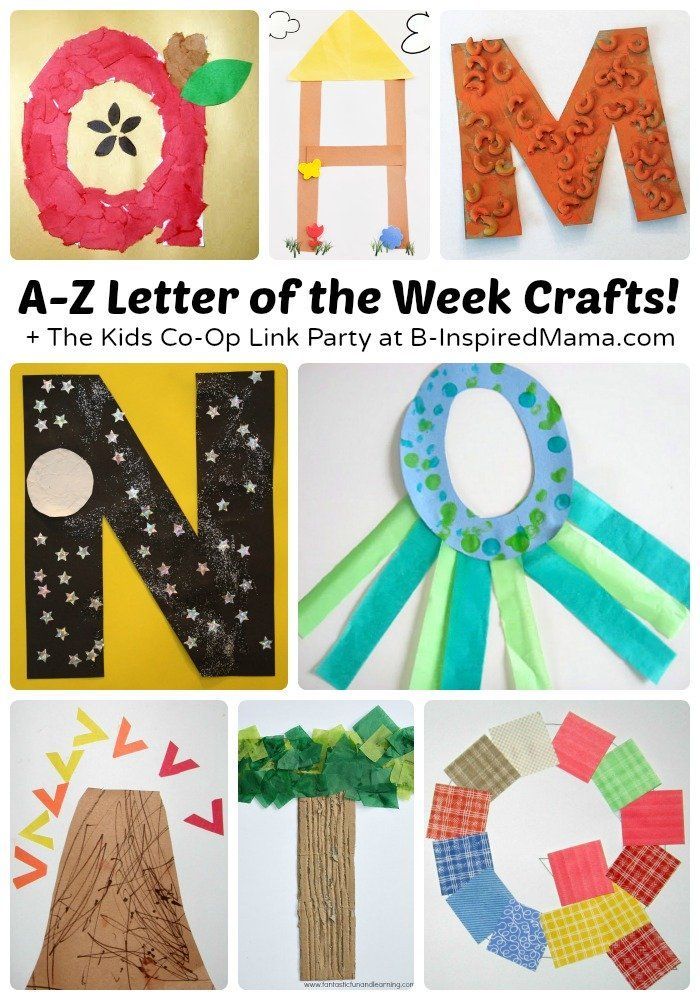 Laminate the pages to use them over and over again in a writing center.
Laminate the pages to use them over and over again in a writing center.
Kids can perform the following activities on each page. Don’t forget to find the hidden letters!
- Color or finger trace large letters.
- Reinforce letter-sound awareness as they “read” and color pictures for each letter.
- Trace uppercase and lowercase letters.
- Print uppercase and lowercase letters.
- PLUS Search for 6 small letters hidden on each page
Sample These 9 Activities Today!
How’s that for a variety of alphabet activities for preschoolers?
You can purchase all 9 of the activities described above individually, or you can purchase them together in a money-saving bundle. Do you want to try them out before purchasing? Download the free sample of the letter A printables today. The ABC sampler includes all of the activities above for the letter A. To download the activity sample, click on the link below:
Free Alphabet Activity Sample
Purchase the Alphabet Activity Bundle
Click on the image below to purchase the complete alphabet bundle:
Teaching children to write
Today you can hardly find a person who would not know how to write.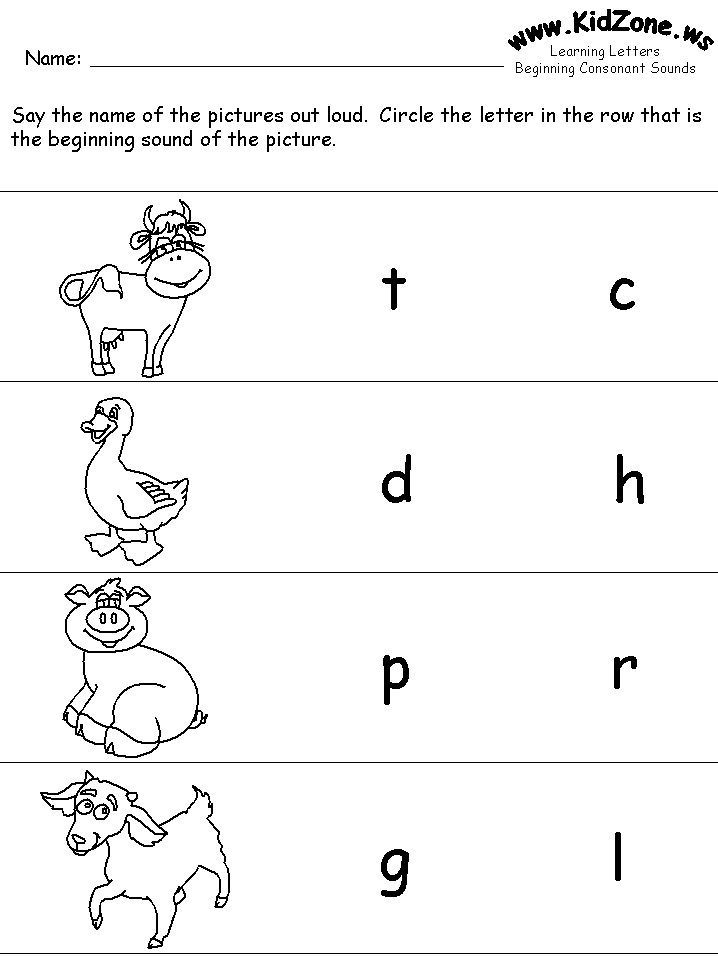 But the memory of the times when people not only did not know how to do this, but did not have the slightest literacy at all, is still fresh. However, even among the vast majority, there were always those who were trained in both writing and literacy. It was to such people that honest people came to make notes, read documents and perform other equally important deeds and tasks. But more interesting is that people who can only write or only read were considered semi-literate.
But the memory of the times when people not only did not know how to do this, but did not have the slightest literacy at all, is still fresh. However, even among the vast majority, there were always those who were trained in both writing and literacy. It was to such people that honest people came to make notes, read documents and perform other equally important deeds and tasks. But more interesting is that people who can only write or only read were considered semi-literate.
It's the same now - to be truly literate, you need to be able to read, count and write, and do it all correctly.
At present, literacy can be called one of the indicators of the development and education of a person in general. Many even say that it is on literacy that personal development in general is built. But why is literacy, and in particular literacy in writing, so important for both children and adults?
Contents:
- Why you need to be able to write
- First things to take care of
- Learning steps
- Additional recommendations
- Quotes from famous people about letter
Why you need to be able to write
Answering this question, there are several fundamental reasons that speak about the importance of writing:
- First, the ability to write allows people to understand each other through this very writing.
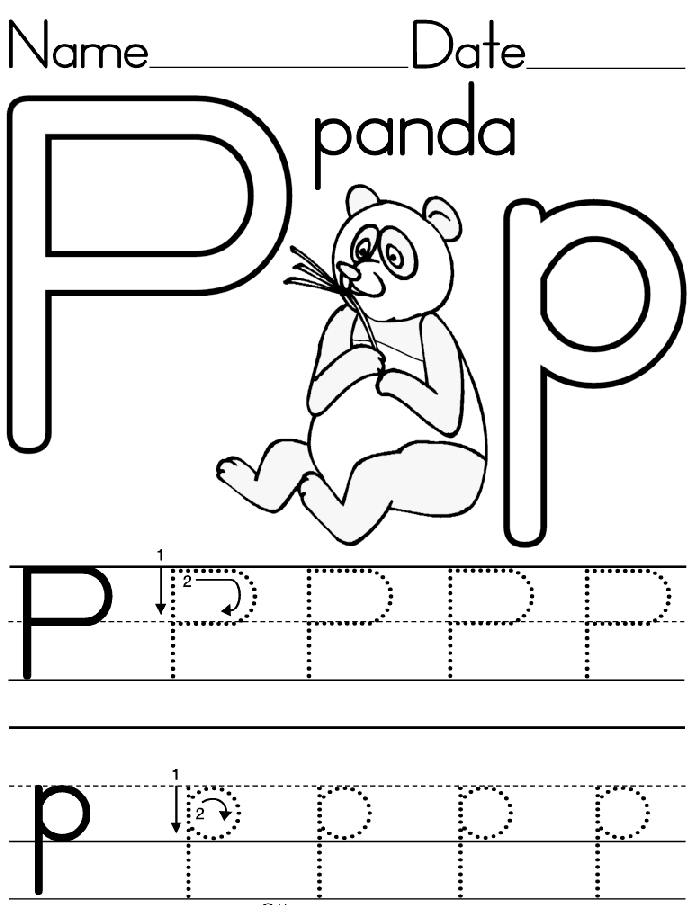 When a person says something incorrectly or without knowing how to find words, it is quite difficult to understand him. With a letter, the situation is similar.
When a person says something incorrectly or without knowing how to find words, it is quite difficult to understand him. With a letter, the situation is similar. - Secondly, the ability to write is a manifestation of respect for the traditions and laws of the Russian language and the people as a whole.
- Thirdly, the ability to write is a serious tool with which you can interact with people.
- Fourth, the ability to write allows you to achieve success in learning, as well as simply get a job or engage in some kind of activity related to writing
- And finally, fifthly, the ability to write allows a person to form a first impression about himself. It's about like appearance - when a person is untidy, with an unwashed head and dirty nails (that is, he writes somehow and makes mistakes even in the simplest words), one gets the impression of him, and when he is well-groomed and looks great (in other words, beautiful and writes well) is completely different.
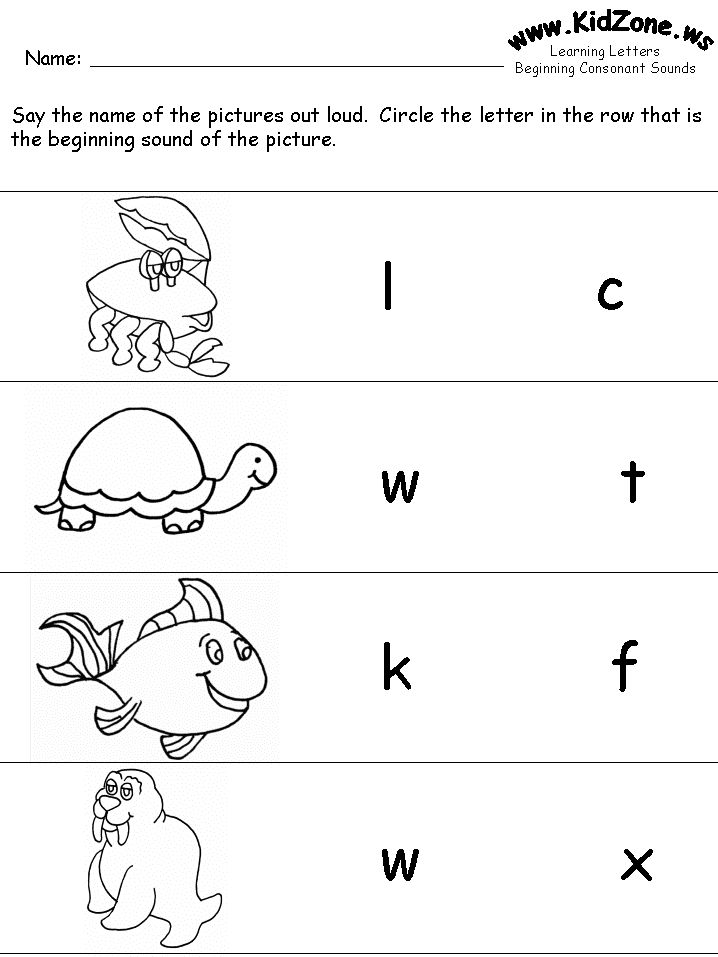
Thus, the importance of writing skills is very difficult to overestimate. But, naturally, in order for a child to be able to write beautifully, correctly and competently, his education must be dealt with. Yes, it may not be very easy, but it is extremely important. Besides, if you teach your child to read and count, why not teach him to write?
The question of how to do this, many parents ask, while their children are still very small. They are looking for all sorts of ways to teach writing literacy, beautiful handwriting, expanding vocabulary, etc., so that the baby can go to school prepared, achieve great academic success, keep up with classmates, etc. It is for these reasons that from the first years of life, mothers and fathers dilute the daily life of children with various activities and lessons.
In the event that your idea is not a manifestation of ambition or a whim, but a true desire to bring up a healthy, holistic and harmonious personality in your child, the information below is just for you.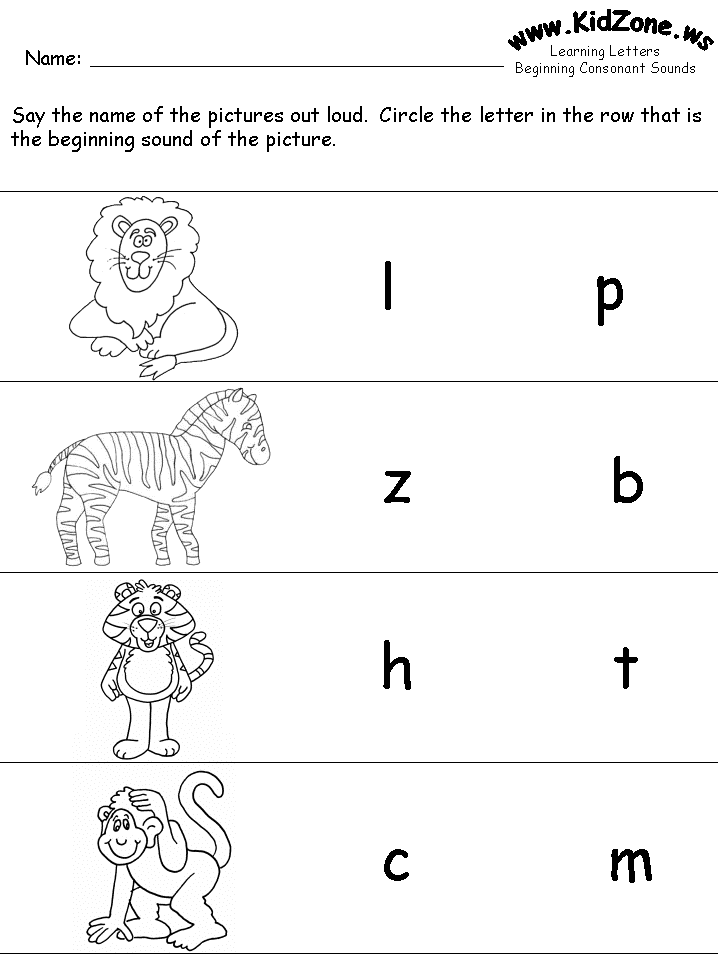
Before you start teaching your child to write, you need to pay attention to one very important point. It is with him that we will begin.
First things to take care of
during it, their hands cannot cope with the usual manipulation of a pen or pencil. Even if they want to write something specific, they end up with unknown scribbles. The problem is obvious, although at first glance it may not be noticed. It consists in the fact that the child simply has not developed fine motor skills of the hands, because. his parents didn't work with him. This leads to the need for a visit to a specialist in motor development, as well as the fact that the child will have to "catch up" with the material and try to keep up with peers.
Avoid the above parenting omission, because your baby's development depends on it. In addition, classes for the development of fine motor skills are not at all laborious, and for children in general they are one of the favorite pastimes. In fact, these activities are ordinary games.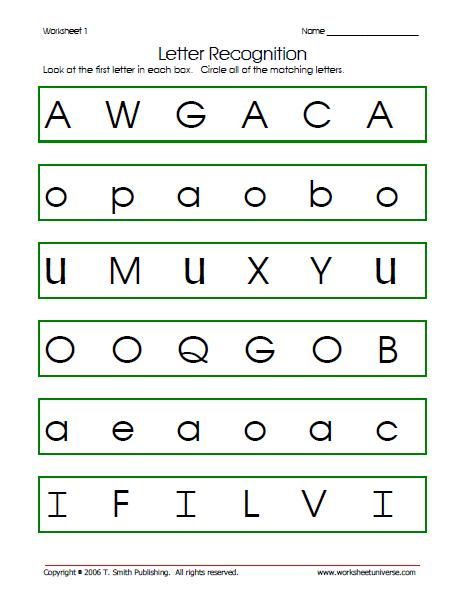
Spend time with the benefit of the child, namely:
- Sculpt together with plasticine. Let the child help you prepare something from the dough.
- Play with your baby with small objects (make sure he doesn't put objects in his mouth).
- Play with your child with soft rubber toys (make sure he crushes the toys)
- Stick paper appliqués with your baby.
- Learn origami with your child.
- Draw with your baby and color the pictures.
- Create all kinds of compositions together with clothespins.
So, while having fun with your child, you will contribute to the excellent development of fine motor skills of his hands, and at the same time interact and get to know each other better. As a result, by the time recommended for starting writing lessons, your baby will already be prepared, which means he will be able to learn to write. The learning process itself can be divided into three stages.
Stages of learning
Anyone who wants to teach their child to write must immediately realize that success will require maximum effort and think over their own methodology.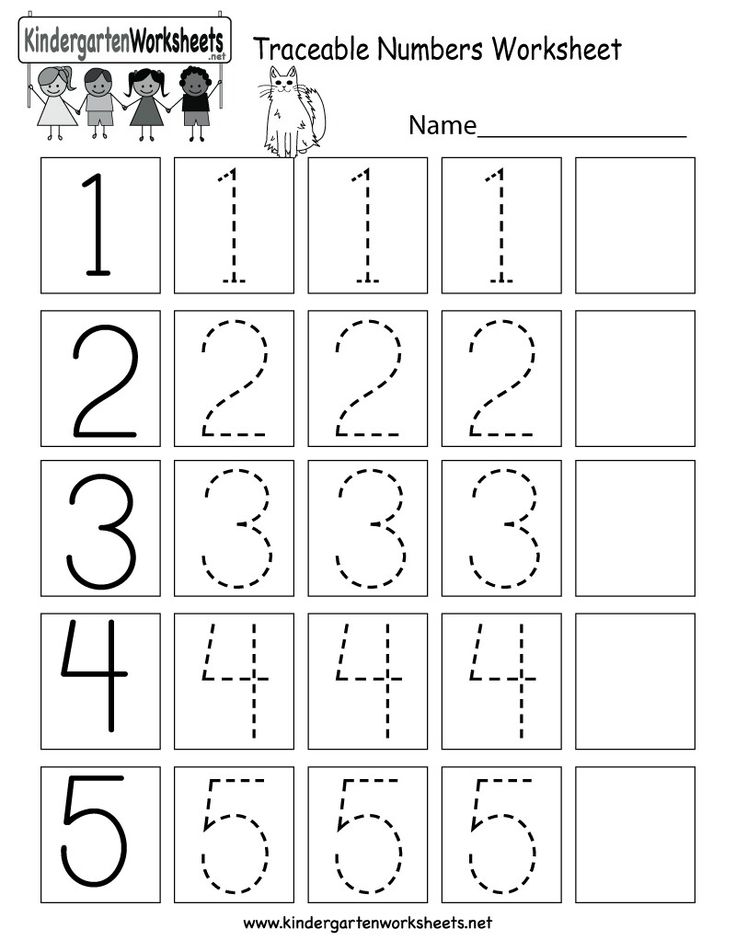 But we will talk more about the methods, but for now we will focus on the stages of training.
But we will talk more about the methods, but for now we will focus on the stages of training.
Three stages in total:
- Preparatory stage
- Block Writing Stage
- Writing phase
The steps presented are the categorization of educators and pediatricians. By the way, according to them, you should not start teaching a child to write before the age of three - this is still very early. But when the baby crosses this threshold, you can gradually proceed. As for the periods, they must be taken into account. Let's consider the issue in more detail.
1
Preparatory period
Writing will not bring any results if the child cannot perform a few simple but very important actions. Based on this, at the first stage, you need to teach the child:
- sit at the table
- Hold a pen or pencil
- Place notebook on table
- Observe the correct posture for writing (the child should not lean too much towards the notebook)
- Correct orientation in space (in particular - the child should not confuse the sides of the notebook sheet)
- Effortlessly focus on the same activity
Among other things, quite developed fine motor skills, which we have already mentioned, can also be included here.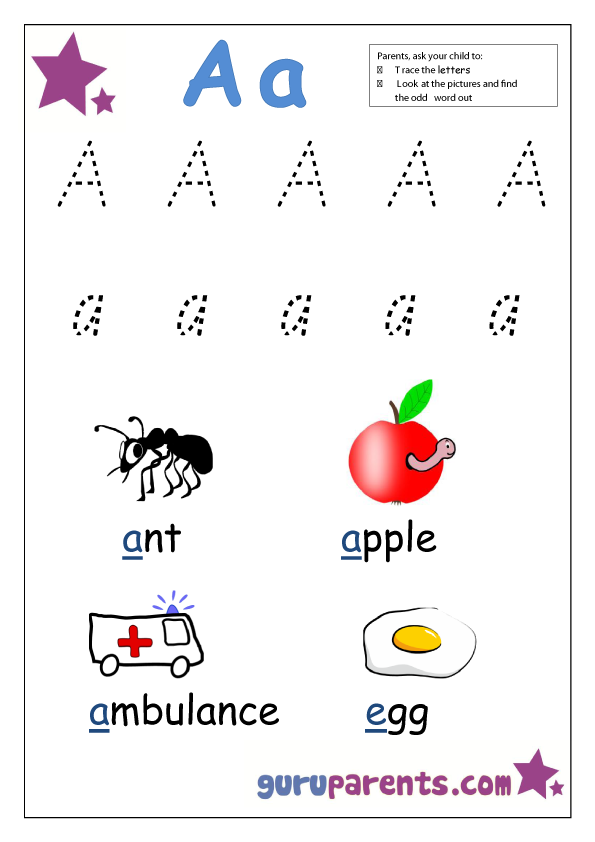 More important is also the fact that by the time he begins his learning to write, the child should already know the letters. This, in turn, indicates the need to study the alphabet before starting classes.
More important is also the fact that by the time he begins his learning to write, the child should already know the letters. This, in turn, indicates the need to study the alphabet before starting classes.
As a rule, the preparatory period corresponds to the age of three to five years.
2
The stage of learning to write in block letters
You will know that the preparatory stage was successful by the way your child performs the above actions - each of them should already be familiar to him and just for him. As soon as this happens (in most cases in 5 - 5.5 years), you can safely proceed to the development of printed letters.
Remember: the main task of the second stage is to teach your child how to write in capital and small letters.
3
Learning to write in cursive
In the case of writing in capital letters, the situation is somewhat different. Taking into account the peculiarities (and for children - the complexity) of their writing, it is better to move on to them closer to the school where copybooks are used.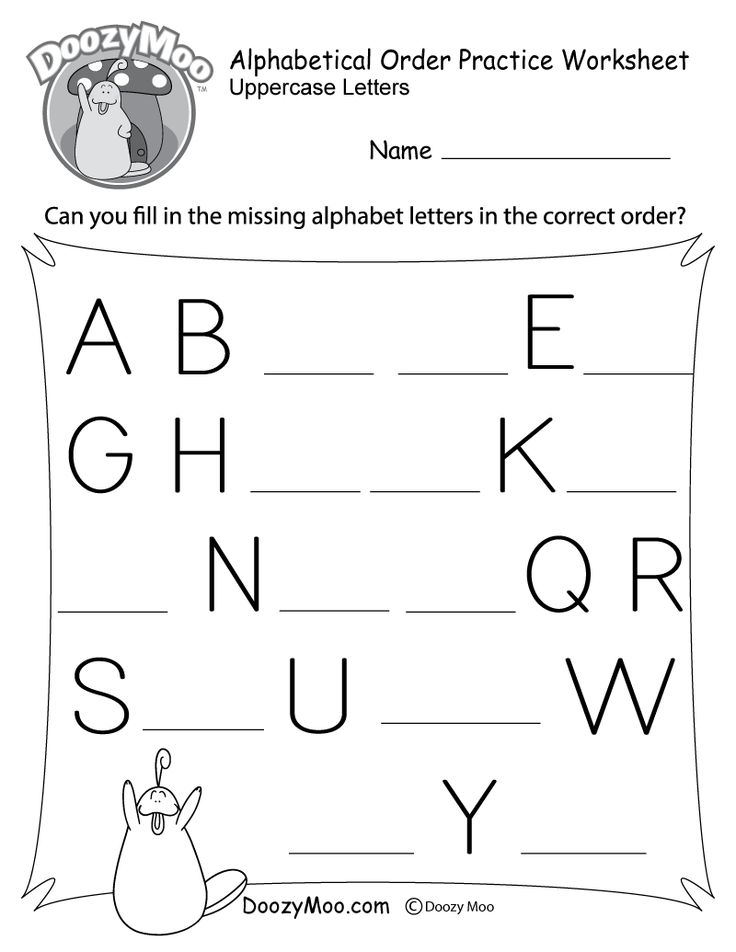 Well, or, in extreme cases, at the senior preschool age, i.e. about five or six years old. It all depends on your decision and the desires and abilities of the child.
Well, or, in extreme cases, at the senior preschool age, i.e. about five or six years old. It all depends on your decision and the desires and abilities of the child.
By organizing the learning process in accordance with these stages, you will make it harmonious, smooth and effective. And having considered the stages of teaching children to write, it will be a high time to talk about the most common mistakes that parents make when they get down to business. Being engaged in the early development of your child, try not to commit them.
Here is a list of major errors:
- Exercising too long (meaning more than twice a day for 15 minutes)
- Criticism of the child, reproaches, comparison, communication in raised tones, etc.
- Lack of work on the errors made
- Pressure on a child (force, threaten, use the method of "deprivation")
- Lack of time for classes (child's unpreparedness for learning)
- Ignoring the suggested steps (skipping the preparatory step, learning capital letters early)
- Formal and serious approach to classes (for the hundredth time we repeat: the best form of education for preschool children is play)
- Too harsh discipline (when a parent takes over the role of a teacher, ceasing to be a parent in the first place)
- Irregular and unsystematic classes
When teaching a child to write, always take into account these common mistakes of parents, build your strategy accordingly and practice self-control for prevention.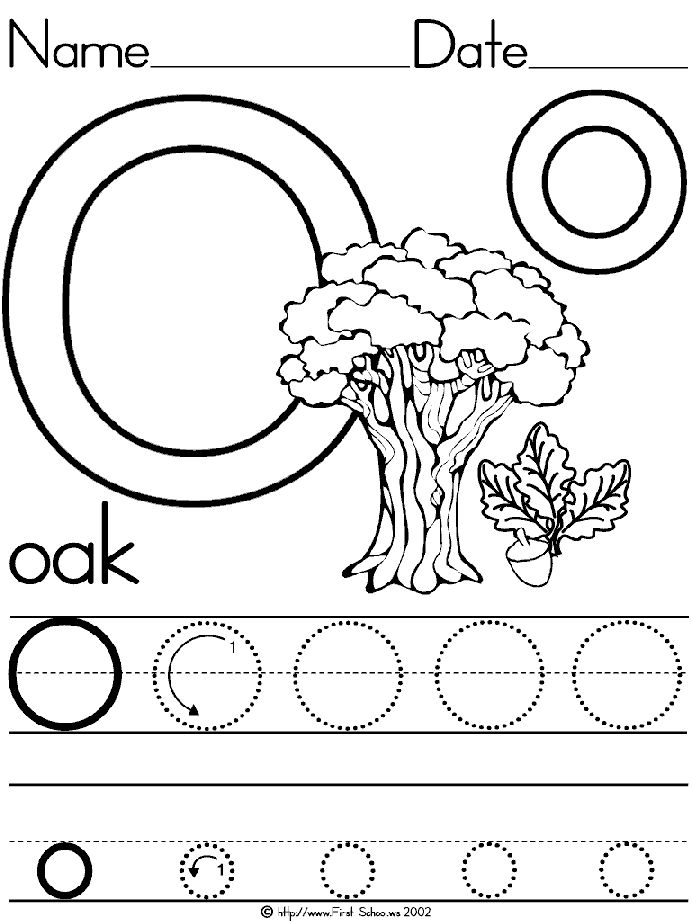
And in conclusion of the introductory lesson, we want to give you some more tips that will certainly be useful to you in your future practice.
Additional recommendations
These recommendations were not invented by us, but were compiled by one of the most famous Russian academicians, psychologist, Doctor of Biology, professor and director of the Institute of Developmental Psychology of the Russian Academy of Education - Maryana Mikhailovna Bezrukikh. In her opinion, based on many years of experience, in the process of teaching children to write, the following should be taken into account:
- Writing is one of the most difficult skills to master. It is formed quite slowly, and for a child to master it well, it takes an average of 3 to 4 years.
- Parents should not reinvent the wheel - the most effective methods can be found in specialized literature.
- To this day, copybooks are considered to be a very effective way to train writing skills.
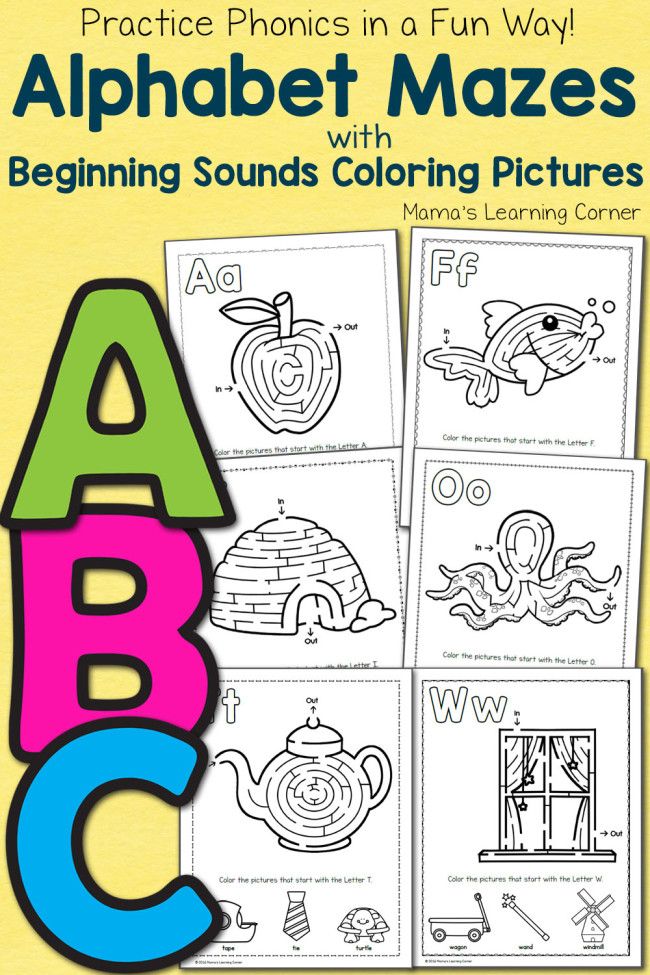 Bookstores sell a huge number of copybooks in the most interesting designs and designed for different ages and levels of development of children.
Bookstores sell a huge number of copybooks in the most interesting designs and designed for different ages and levels of development of children. - At the very beginning of teaching a child to write, checkered paper should not be used. It is best to use albums or (in the absence of such) lined notebooks.
- All information presented to the child must be visualized. To do this, you need to show pictures, write examples, give associations, etc.
- If even with a competent approach, for some reason, the child does not learn to cope with the simplest tasks, it is recommended to seek professional help.
This concludes the first lesson. In the second lesson, we will introduce you to the basic principles and the most popular methods used when teaching children to write. After reviewing them, you will know what can be used, and what will be more effective specifically in your case.
Lesson 1. Basic principles and basic methods of teaching children to write
As it should be understood, the process of teaching children to write is based not only on a certain methodology, but also on specific general didactic principles.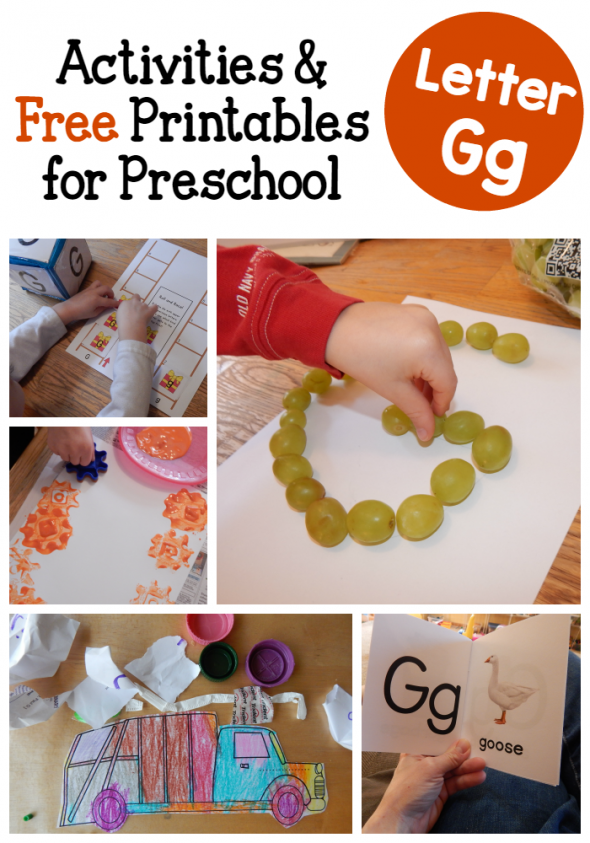
Therefore, first we will talk about them, and then we will talk about the methods.
Lesson 2. How to teach a child to write: preparation, games, tricks, recommendations
Teaching a child to write is a task, albeit difficult, but quite doable, and any responsible parent can do it. The question is rather when to start preschool, because if you start too early, the child may have problems in the future. It is for this reason that the first thing to pay attention to is the development of fine motor skills.
For example, the famous teacher Vasily Sukhomlinsky said that the origins of children's abilities and talents are at the fingertips of children. It is far from a secret that with the development of fine motor skills, the corresponding parts of the brain develop, muscle memory, attention, perseverance are trained, i.e. there is a real preparation for writing. And here you need to "seize the moment" when you need to do everything so that already in the first grade the child can learn more easily.
Lesson 3. Teaching writing to the smallest
In the last lesson we started talking about preparing children for learning to write. In the following, we will continue this theme and at the same time move on to the practice of elementary education. As it has already become clear, preparation begins a few years before school. But many parents, in a hurry to quickly start classes, hastily study the methods, but do not pay attention to self-control at all, because. only it allows you to avoid making the most common mistakes. The most important of them is too early start of training.
According to primary school teachers, based on many years of experience, parents should not teach their children to write (especially cursive) at preschool age. And the categoricalness of this opinion, of course, is based on a number of specific reasons: there is only one requirement for this very preschool preparation - that the child knows the alphabet. As for the skill of beautiful writing of letters, everything here - as God puts on the soul - this is not required for "enrollment" in first graders.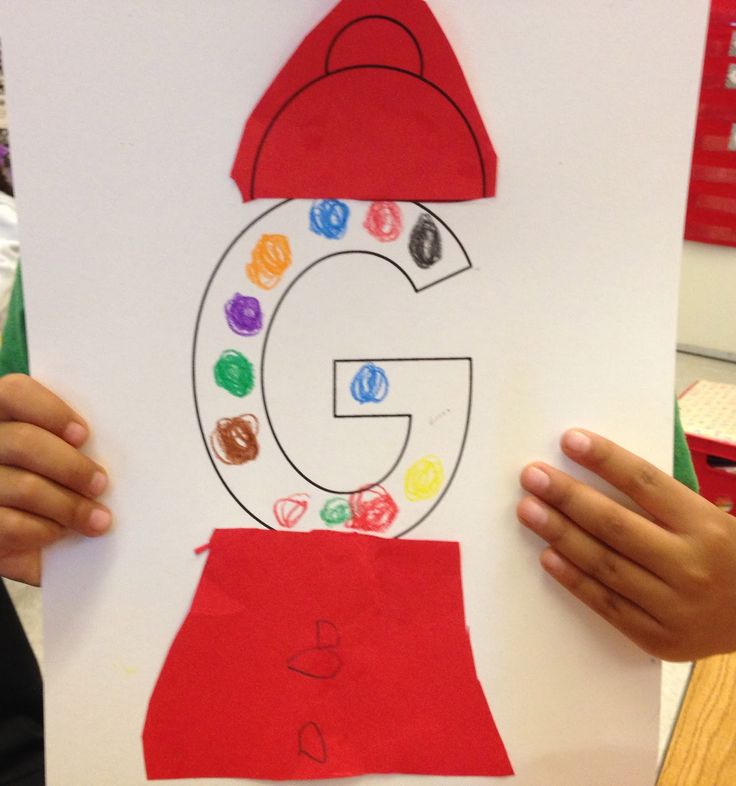
But caring parents, in turn, do not want to let the development of their child take its course or shift the responsibility for it onto the shoulders of teachers alone. Therefore, preschool writing classes are far from uncommon. And here we again return to the observations of teachers: it was noticed that children who learned to write at home even before school, when they came to the first grade, often write worse than those who began to master such a difficult skill already at their desks.
Lesson 5. Learning to write correctly and without mistakes
The skill of beautiful and literate writing can safely be counted among the indicators of personality development and individual culture of a person. Unfortunately, from birth, no one has the ability to model letters, follow the rules for writing them and not make mistakes. Only the hard work of parents and the child allows you to develop the ability to write grammatically correctly at an early age.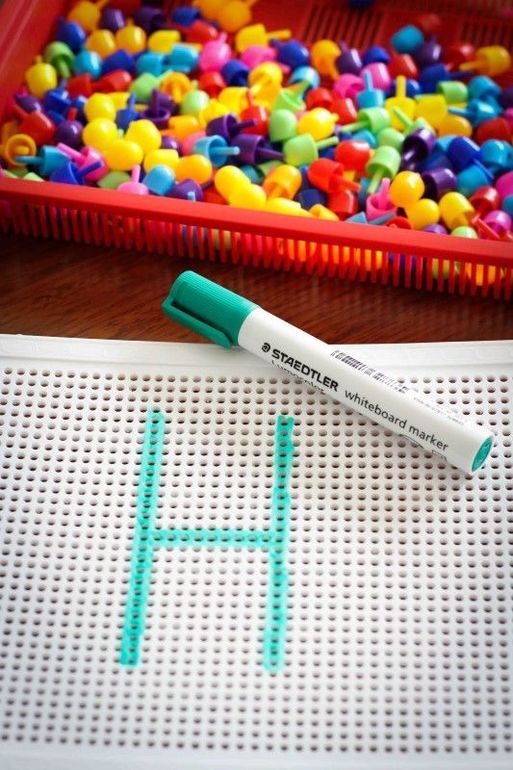
In the preschool period and in the elementary grades, children make many mistakes in writing, and even in those cases when they copy the text from some sample or board, perceiving someone else's speech by ear or expressing their own thoughts. And this, along with teaching children to write in block and capital letters, is another topic that should definitely be considered. We will begin the sixth lesson with a description of the basic principles of teaching children to write competently, and we will continue with methods for teaching children to copy from samples and write from dictation.
Lesson 6. Getting rid of illiteracy in writing. Overcoming unwillingness to study
Many children cannot understand why it is so important to be literate and write correctly. They calmly write “arel”, “mouse”, “orbuz”, and everything is in order - what difference does it make - “a” or “o” in the word, because it’s already clear to everyone what it is about.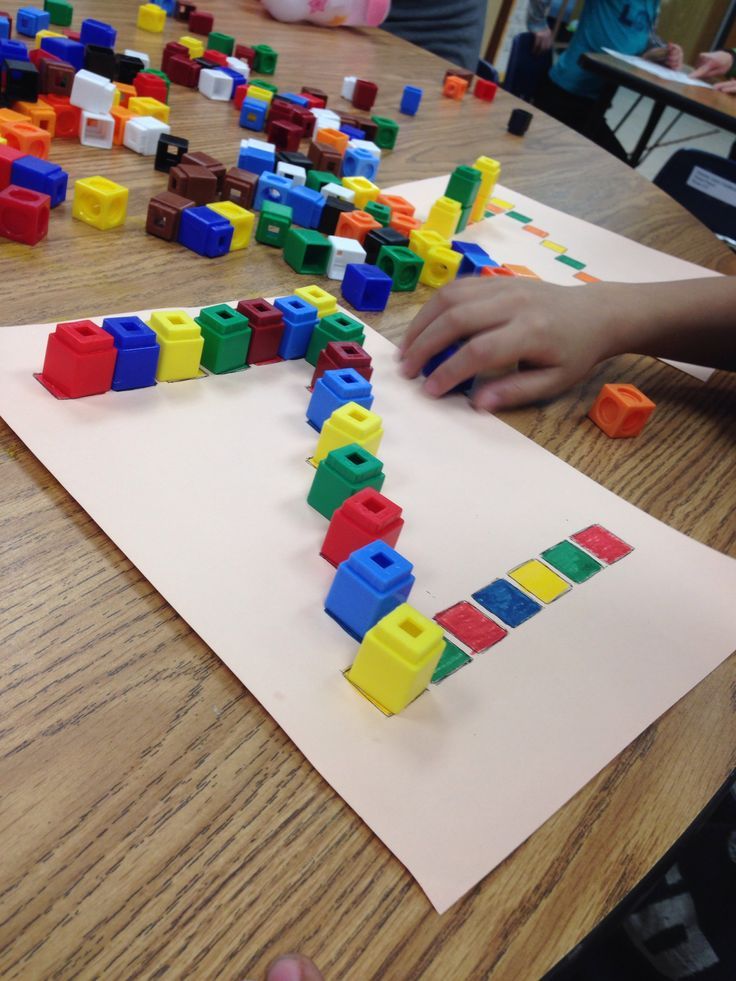 Based on this, the first thing to do is to explain to the child the importance of literacy.
Based on this, the first thing to do is to explain to the child the importance of literacy.
Literacy, and in particular - literacy in writing, is today a sign of a person's education. A schoolchild needs to be literate for the reason that there are written assignments and work in all subjects, which means that literacy is always needed. In addition, classmates, and in some cases teachers, often make fun of children who do not know how to write correctly and make fun of them. And who is pleased when he is "poked with his nose" in his own mistakes, and even scoffing at the same time?
Lesson 7. Learning to write essays
A student needs to be able to write essays just as much as the ability to copy texts from a sample, write from dictation, etc. Moreover, this skill is needed even for those who were not awarded by nature with literary talent. Thus, if some children write essays without problems, then it can be very difficult for others. How to behave in such a situation? What is effective parental support?
Lesson 8.
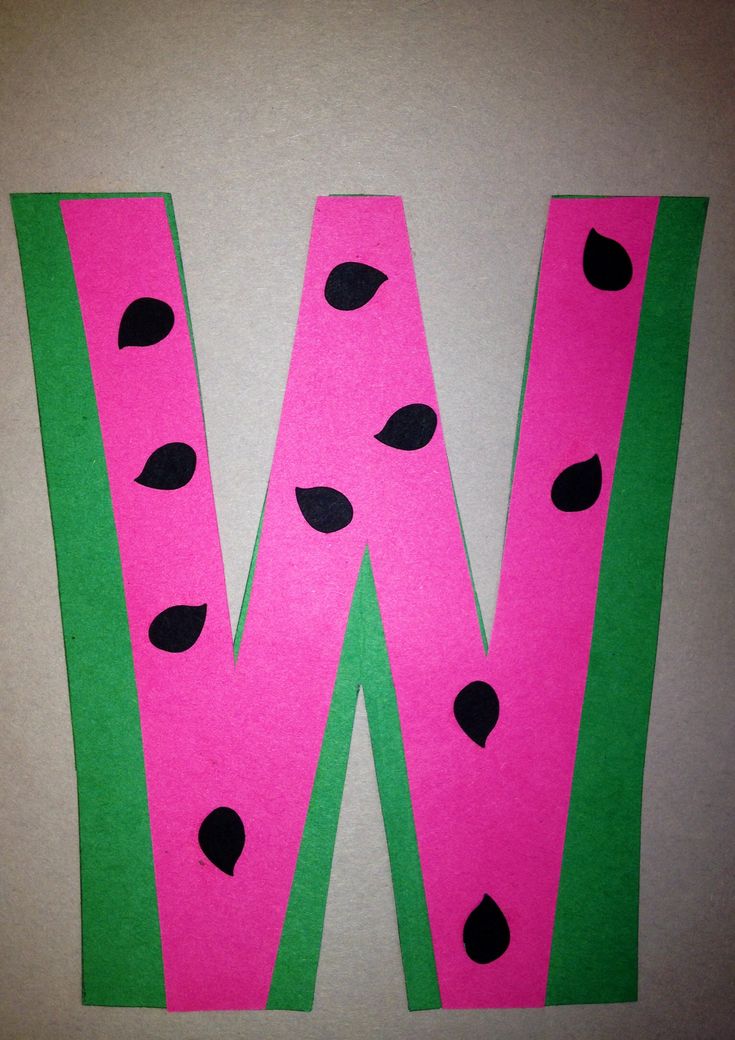 Teaching a child to write in foreign languages
Teaching a child to write in foreign languages For a fulfilling life that opens up many new perspectives and opportunities, it is essential for a modern person to know at least one foreign language. With knowledge of a foreign language, you can enter a university with the appropriate requirements, go to study under a student exchange program abroad, make new acquaintances with people around the world, get a good position in a large international company, etc. And if we take into account the fact that it is best to learn new knowledge at a young age, then a foreign language should be taught even before school, or at least in the first grades.
How to learn to read in a foreign language was discussed in the first block of our course. Now we will continue the topic of foreign languages, but we will consider it in the vein of teaching writing specifically. And as an "experimental" language, we will again take English. The reasons are similar: English is an international language, very popular, in demand and easy enough to learn.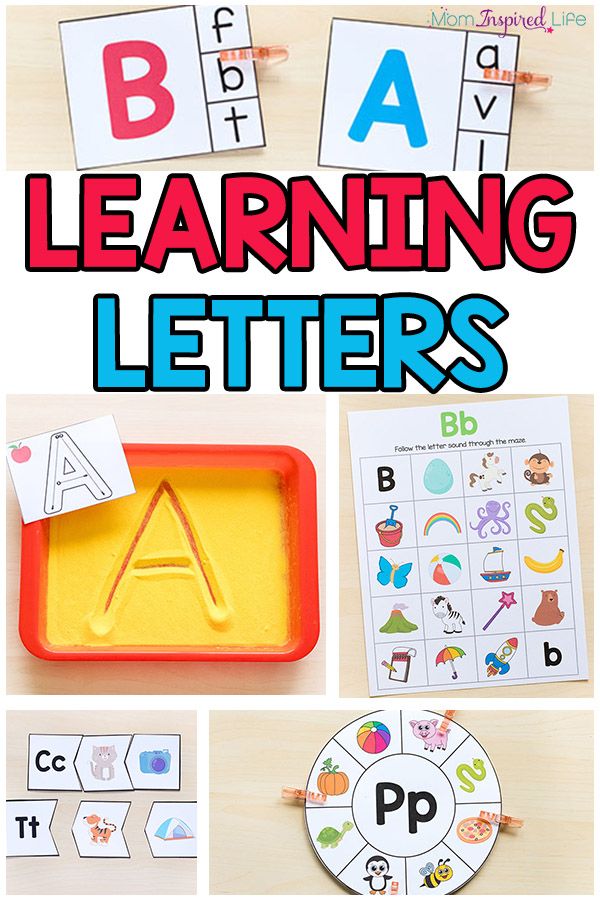 So let's go, or as the Americans say: "Let's it!".
So let's go, or as the Americans say: "Let's it!".
Lesson 9. Teaching a child to type on the keyboard
Modern life is completely unthinkable without computers. They accompany a person everywhere, from home to a work office, from a coffee machine to a store's cash register. Even without talking about global computerization, it becomes clear that today it is necessary to be able to work with a computer. In many educational institutions (so far mainly in the West, of course), the place of notebooks and pens on school desks has been replaced by laptops. We will also talk about the advantages and disadvantages of introducing computers into the education system on the pages of our intellectual club, but for now we will continue.
Nowadays, even an adult who does not know how to work on a computer is not often met, let alone children. But if it is enough for the middle-aged generation to know basic programs and be able to use the Internet, and grandparents have enough skills to manipulate a push-button cell phone, then modern children need to master the intricacies of user computer science.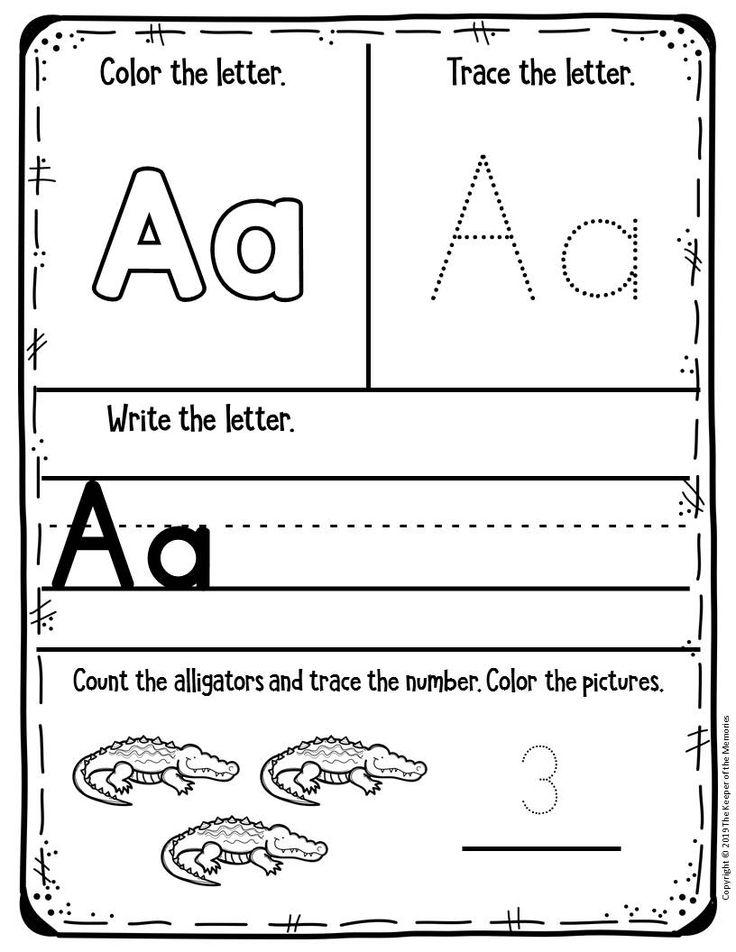 And one of the basic skills among them is the ability to quickly type on the keyboard.
And one of the basic skills among them is the ability to quickly type on the keyboard.
Famous people quotes about writing
To conclude this introductory lesson, here are some inspiring quotes from famous people about writing:
Writing is the best way to penetrate a person. The word blinds and deceives, because it is accompanied by facial expressions, because you see how it leaves the lips, because the lips please, and the eyes seduce. But black words on white paper are the soul wide open.
Guy de Maupassant
People do almost all important things by correspondence, therefore, the ability to speak alone is not enough.
Luc de Vauvenargues
A man ruins his talent if he writes worse than he can write.
Ernest Hemingway
My main goal is not to write faster, but slower. The best thing would be to carve words in stone - not so that forever, but so that slowly.
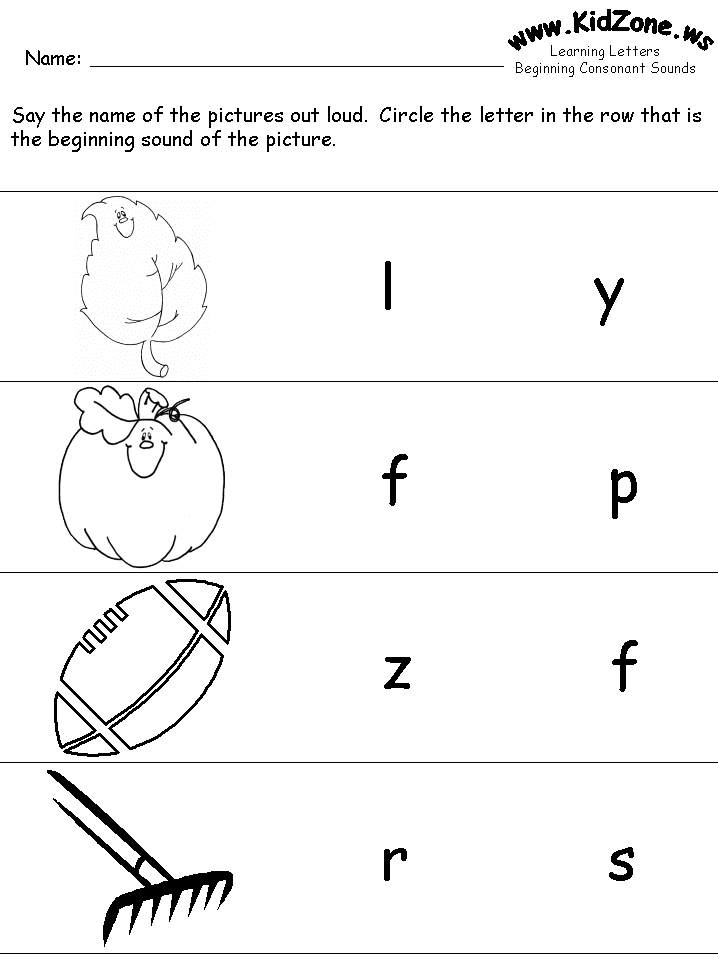
Sergey Donatovich Dovlatov
It is possible to write without having a deep mind in such a way that another will need a lot of mind to understand what is written.
Georg Christoph Lichtenberg
To write well is to have mind, soul and taste.
Georges Buffon
The trouble with those who write quickly is that they cannot write briefly.
Walter Scott
It doesn't matter how we write, but what we write is very important.
Gotthold Ephraim Lessing
Write a lot with a pen, write a little with the mind.
Valery Denisov
And now it's time to move on to the first lesson.
Kirill
1 Basic principles →
Preparation of a preschooler for writing.
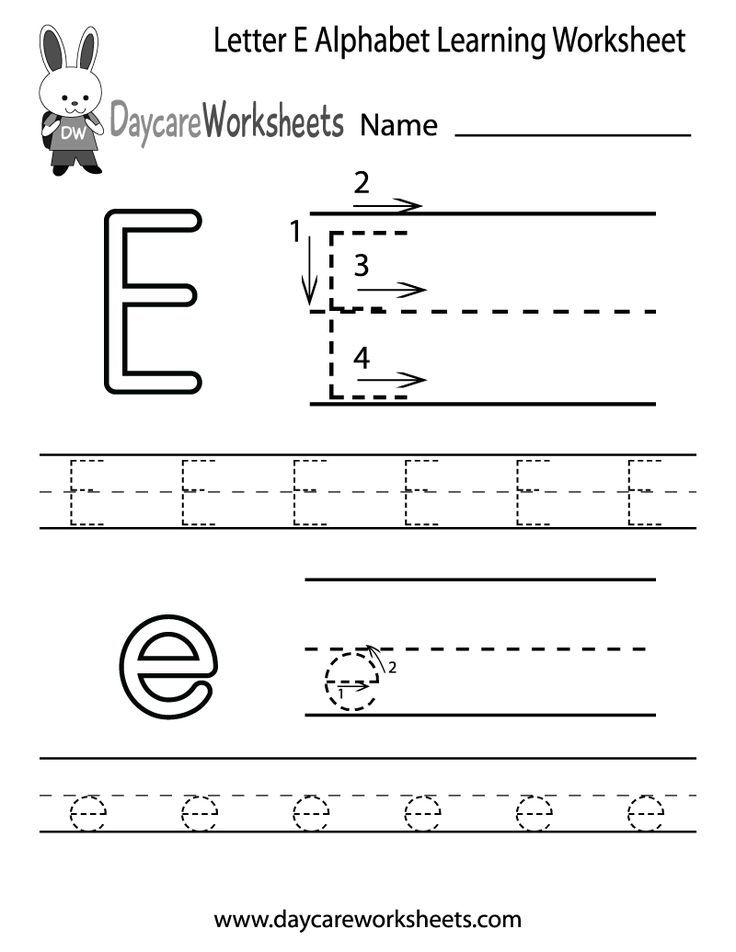 Tips and tricks | Consultation (middle group):
Tips and tricks | Consultation (middle group): Posted on 22.07.2020 - 14:31 - Karina Petrovna Osadcheva
This publication will be useful for both parents and teachers.
Parents and teachers, of course, are always concerned about the question of how to ensure the full development of the child at preschool age, how to properly prepare him for school. Teachers note that first-graders often experience serious difficulties in mastering writing skills. Writing is a complex skill involving fine coordinated hand movements. The writing technique requires the coordinated work of the small muscles of the hand and the whole arm, as well as well-developed visual perception and voluntary attention.
Primary school teachers, namely first graders, face difficulties in teaching writing. Many children are afraid of a pen, hold it incorrectly, cannot navigate in a notebook, actively turn a sheet of paper in different directions when drawing and painting, depicting too small objects on a sheet.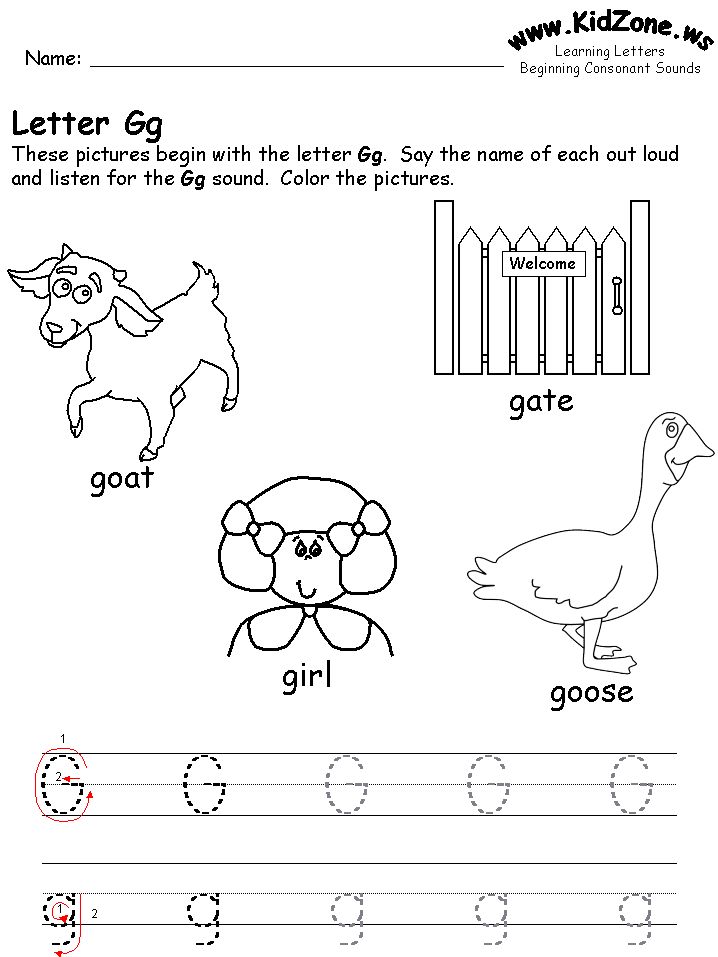 We were alerted by such a clear sign of insufficient work of the fingers. This suggests that children do not have enough experience at the table.
We were alerted by such a clear sign of insufficient work of the fingers. This suggests that children do not have enough experience at the table.
Preparation for writing is one of the most difficult stages in preparing a child for systematic learning. This is due to the psychophysiological characteristics of a 5-6 year old child, on the one hand, and to the writing process itself, on the other hand.
According to the data of psychologists and physiologists, in children of this age, small muscles of the hand are poorly developed, coordination of movements is imperfect, ossification of the wrists and phalanges of the fingers is not completed. Visual and motor analyzers, which are directly involved in the perception and reproduction of letters and their elements, are at different stages of development. At the very initial stages of learning to write, children do not see elements in letters. They cannot distinguish them from the whole letter, and they do not fully perceive the configuration of the letter, not noticing small changes in the elements of its structure.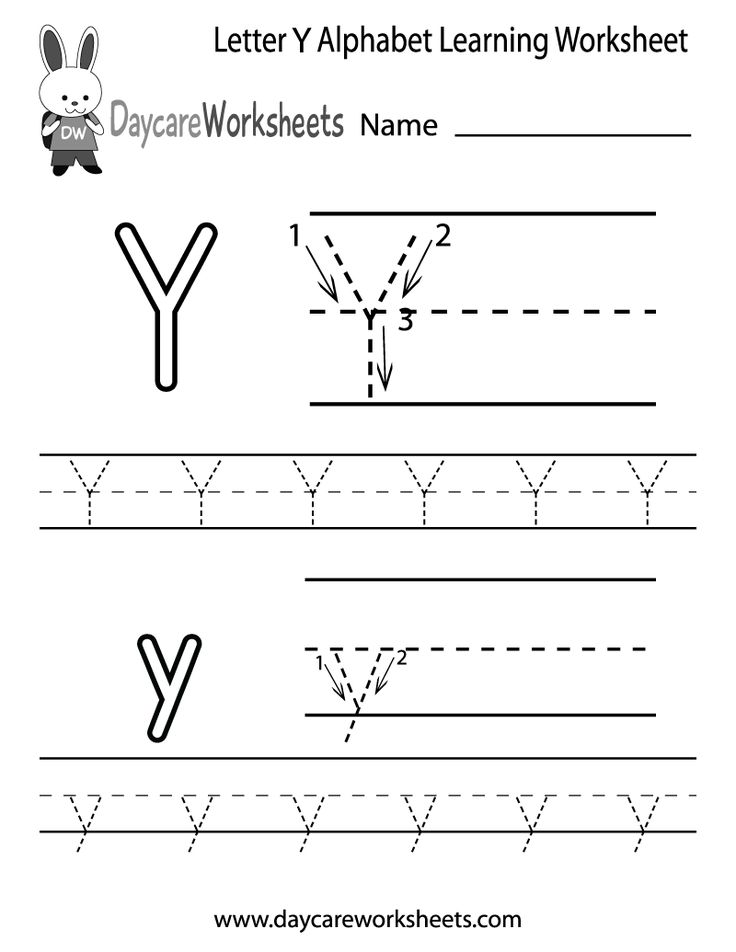
In the work on improving the perception of letters, it is necessary to take into account the peculiarities of children's perception of space. Psychologists note that in children aged 5-6 years, the ability to assess spatial differences, which determine the completeness and accuracy of perception and reproduction of letter shapes, is not sufficiently formed. In addition, children find it difficult to navigate in such spatial characteristics necessary for writing, such as the right and left sides, top-bottom, closer-further, under-above, near-inside, etc.
The writing process itself is extremely complex, requiring continuous tension and control. At the same time, technical skills are formed: proper handling of writing instruments, coordination of hand movements when writing, compliance with hygienic rules of writing; graphic skills. At preschool age, it is the preparation for writing that is important, and not the teaching of it. Therefore, at preschool age, it is important to develop the mechanisms necessary for mastering writing, to create conditions for the child to accumulate motor and practical experience, and to develop manual skills.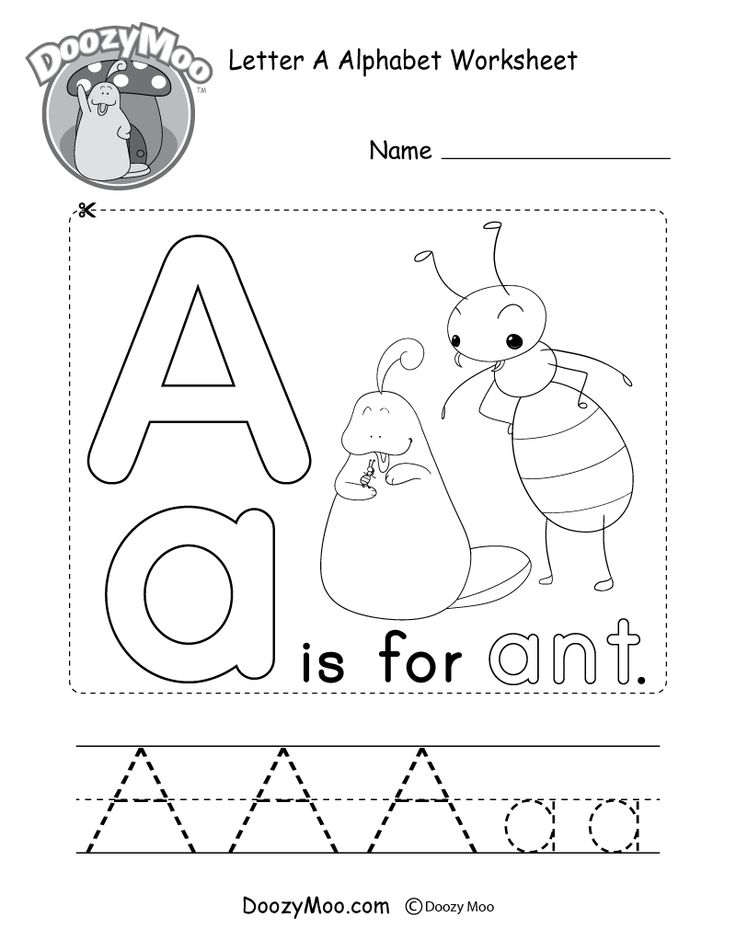
When writing, it is especially important not so much to master individual skills as to form the whole complex of a child's readiness for writing. The combination of the tempo and rhythm of speech with the movement of the eyes and hands, the ability to control one's own hands, the ability to control one's fingers and pay special attention to preparing the hand for writing, i.e. to teach the perception and writing of printed and written letters, to introduce the hygienic rules of writing, the working line, various subject images close to the configuration of letters, with the basic elements of letters. If by the age of seven a child learns to control his hands and fingers in a playful way, perceive the image of printed and written letters, find them in various texts and master the writing of the basic elements of letters, this will be enough for further teaching writing at school on the material of the entire alphabet.
Such well-known teachers as N.A. Fedosova, N. Barentseva, A.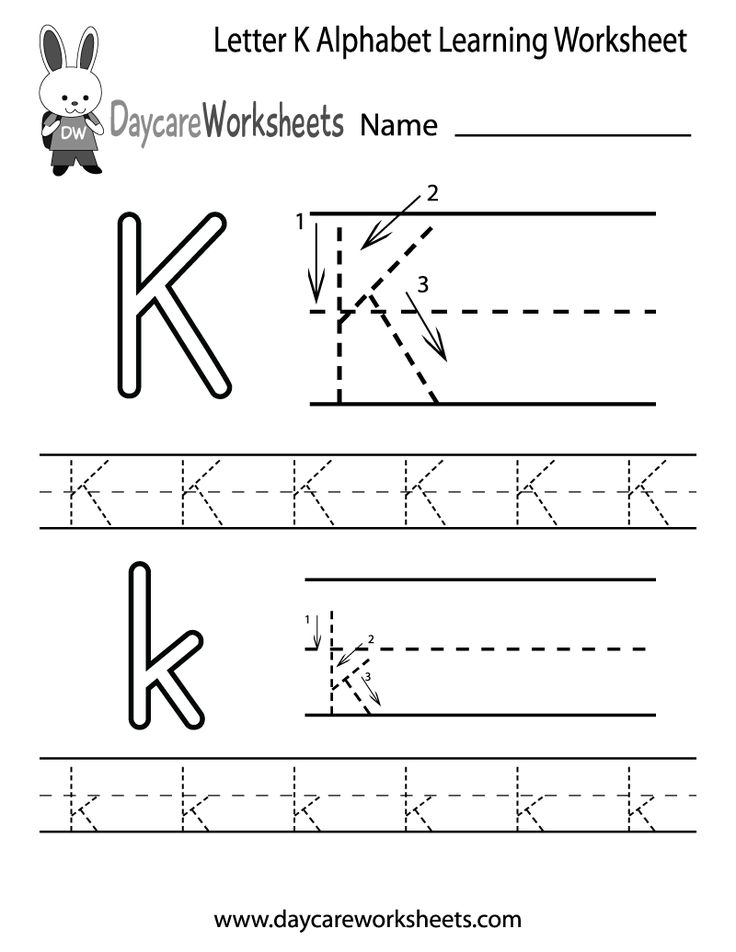 Rogovin, Tsvyntary V.V., E. Karelskaya, E.A. Nefedova, O.V. Uvarova et al.
Rogovin, Tsvyntary V.V., E. Karelskaya, E.A. Nefedova, O.V. Uvarova et al.
Based on the experience of the above teachers, we have compiled and developed a system of exercises that allow each child to gradually, without overload, with maximum consideration of his individual characteristics, prepare for learning to write, starting from an early age.
Working with toddlers, special attention was paid to the sensory education of children. We started our work with finger gymnastics. The movement of fingers and hands has a special stimulating effect. Finger gymnastics not only has a positive effect on speech functions, but also on the health of the child.
We used the basic principle of didactics from simple to complex.
For the beginning of classes, simpler exercises were chosen: squeezing and unclenching the fingers, interlacing the fingers, squeezing the palms, raising and lowering the fingers.
All exercises were carried out at a slow pace, and accompanied by a demonstration, clearly pronouncing the text.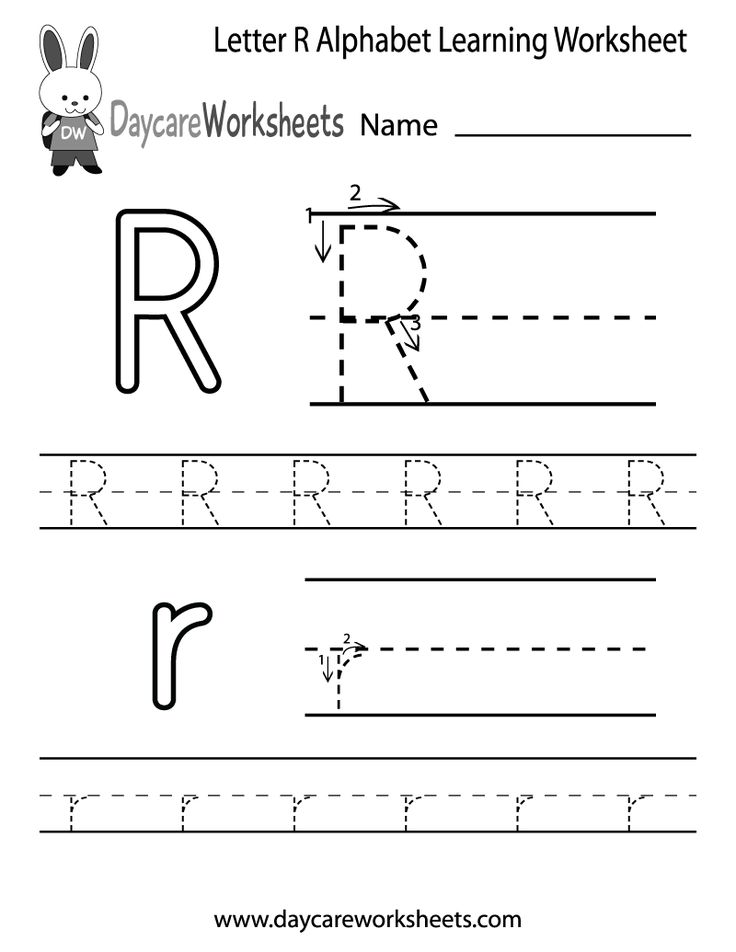 Each lesson was carried out for several minutes, two to three times a day. After each exercise, a relaxing moment was used (they lowered their hands and shook them or shook their hands - let them rest).
Each lesson was carried out for several minutes, two to three times a day. After each exercise, a relaxing moment was used (they lowered their hands and shook them or shook their hands - let them rest).
By the middle of the school year, my toddlers and I moved on to more complex exercises, to work with each finger separately.
Of course, our work with children was not limited to finger gymnastics. They also added an exercise in fine motor skills of the hands, actions with plasticine, construction from cubes, collecting various pyramids, shifting pencils, buttons, matches from one pile to another, rolling a hexagonal pencil. And, of course, they used in their work a “wonderful cube” for inserting various figures into holes. Much attention was paid to the development of self-care skills in the daily life of the child: dressing, undressing, buttoning and unbuttoning, lacing and unlacing. For this, didactic games were used: “Let's dress the doll for a walk”, “Lace up your boots”, etc.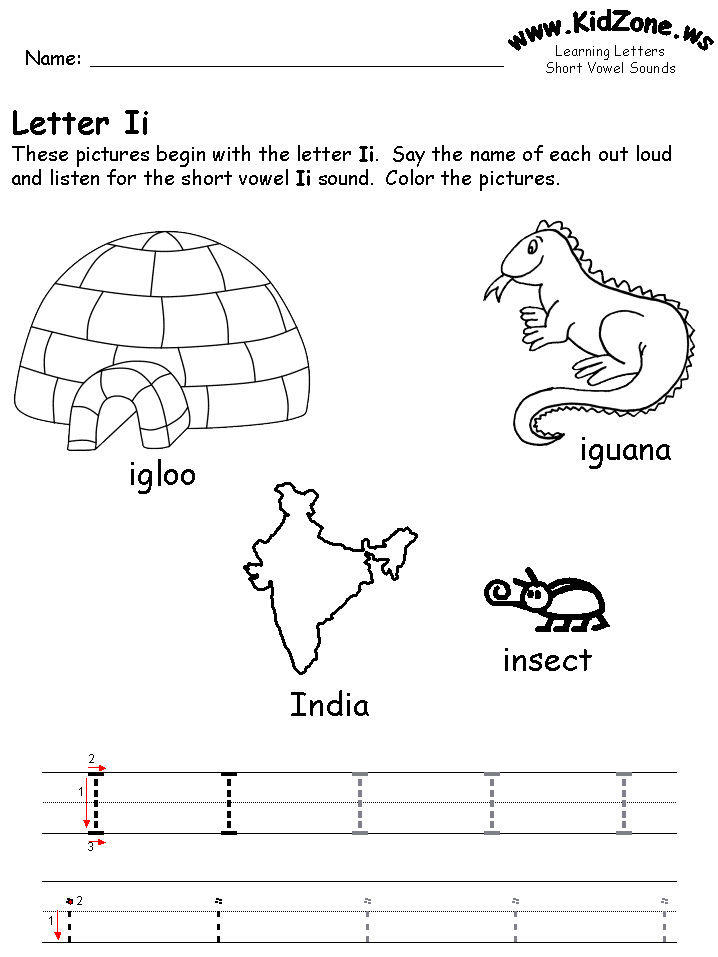 These exercises help strengthen and develop the hand, and coordinate movement.
These exercises help strengthen and develop the hand, and coordinate movement.
As the first steps of three-year-old children in preparing their hands for writing, they offered the children a series of exercises (borrowed from L. Rogovin's book “I want to do it myself”), which the child performs, copying the movements of an adult.
To begin with, they took exercises that help control their hands: “Take a big ball” - palms are wide open. Next, I offered the children exercises aimed at controlling the fingers.
Recommendations for preparing a preschooler's hand for writing
The relevance of this problem is that it is the development of the hand, hand, manual skills that is one of the indicators and conditions for a good physical and neuropsychic development of the child. ...
Report to the pedagogical council "Preparing preschool children to learn writing"
Report to the pedagogical council "Preparing preschool children to learn to write"...
Preparing a preschool child to write by means of decorative drawing
Writing is difficult for children.